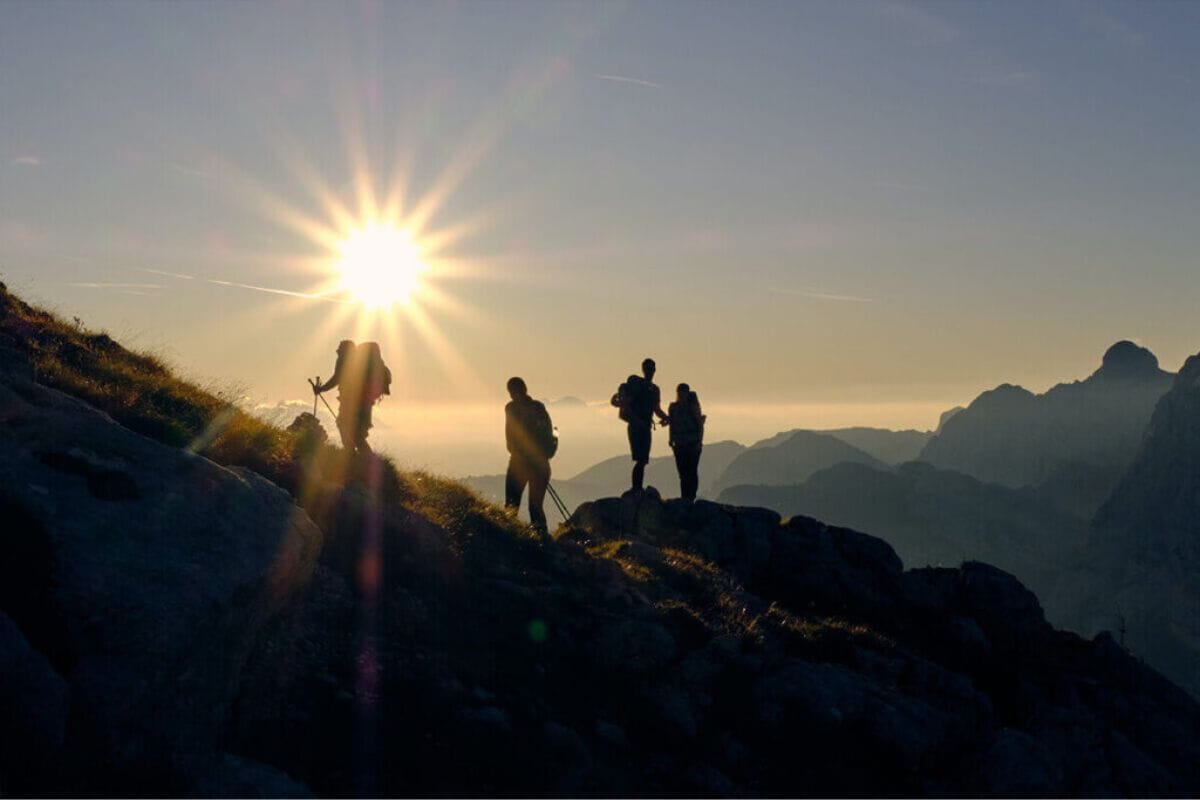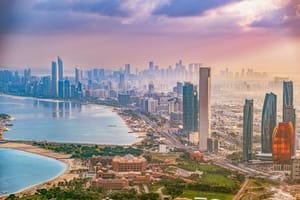The United Arab Emirates (UAE) is a dynamic federation of seven emirates, formed on December 2, 1971. This significant day, now celebrated as National Day, marked the unification of Abu Dhabi, Dubai, Sharjah, Ajman, Umm Al-Quwain, and Fujairah, with Ras Al Khaimah joining shortly after in 1972. Situated at the southern entrance of the Strait of Hormuz, the UAE boasts a strategic location and a landscape of natural and man-made marvels, such as The Palms and The World Islands. The climate varies from hot, humid summers to mild, cool winters.
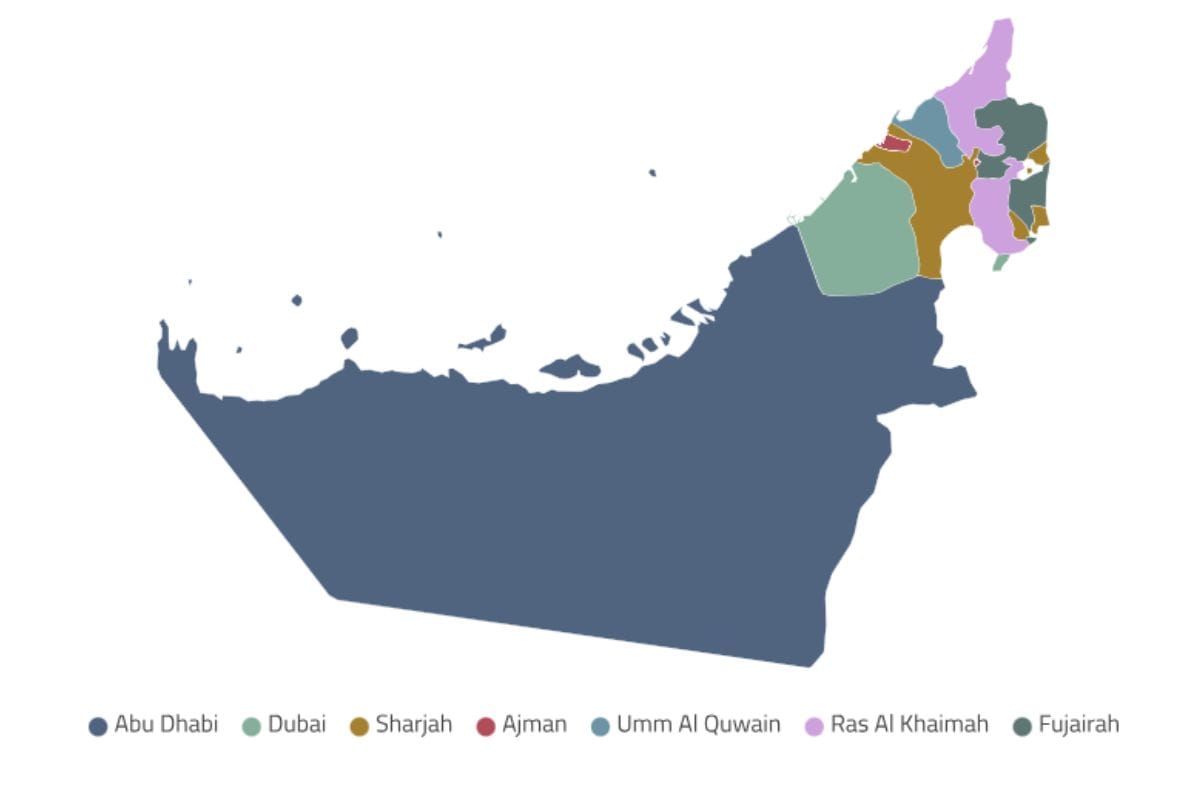
Under the visionary leadership of the late Sheikh Zayed bin Sultan Al Nahyan, the UAE rapidly transformed into a nation known for its modern infrastructure, advanced education and healthcare systems, and a commitment to preserving its rich traditions and heritage. With a population of around 9.4 million as of 2013, the UAE is celebrated for its tolerance and societal advancements, including the empowerment of women and extensive social care.
From key historical milestones like the Al Samha meeting and joining the League of Arab States to hosting the first Gulf summit, the UAE's journey is marked by progress and unity. The national flag, with its symbolic colors of Arab unity, stands as a proud representation of the country's heritage.
Today, the UAE is a major tourist destination and a global hub for business and innovation, blending ancient Arabian culture with modern luxury and towering skyscrapers. Now, let's explore the seven emirates.
Abu Dhabi: The Capital of the UAE
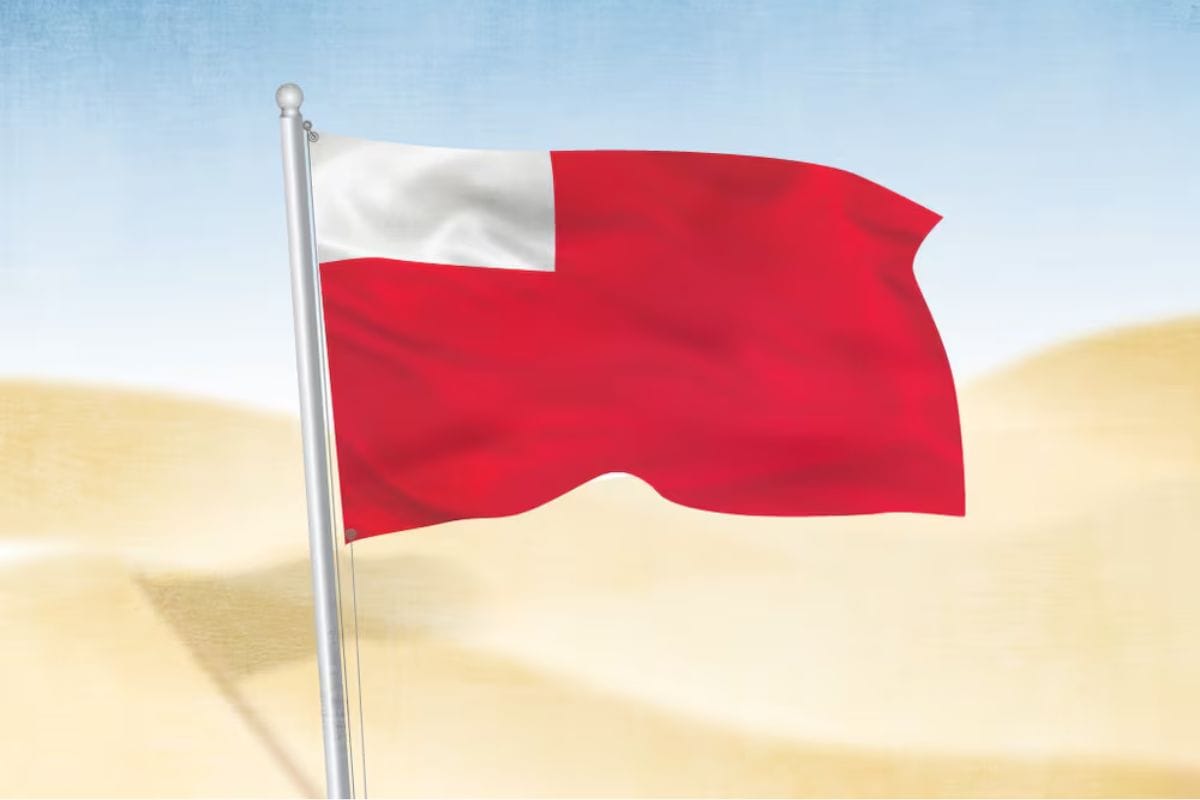
Abu Dhabi is the largest of the seven emirates and serves as the capital of the United Arab Emirates. Covering 84% of the UAE's total land area, Abu Dhabi spans 67,340 square kilometers and boasts around 200 islands along its 700-kilometer-long coastline.
It's bordered by Oman to the east, Saudi Arabia to the south and west, and Dubai to the northeast. The emirate is divided into three main regions: the city of Abu Dhabi, Al Ain in the east, and Al Dhafra in the west.
Abu Dhabi is ruled by H. H. Sheikh Mohamed bin Zayed Al Nahyan, who became the President of the UAE in May 2022. Under his leadership, the emirate has experienced tremendous economic growth and is recognized as one of the safest cities in the world.
Attractions in Abu Dhabi
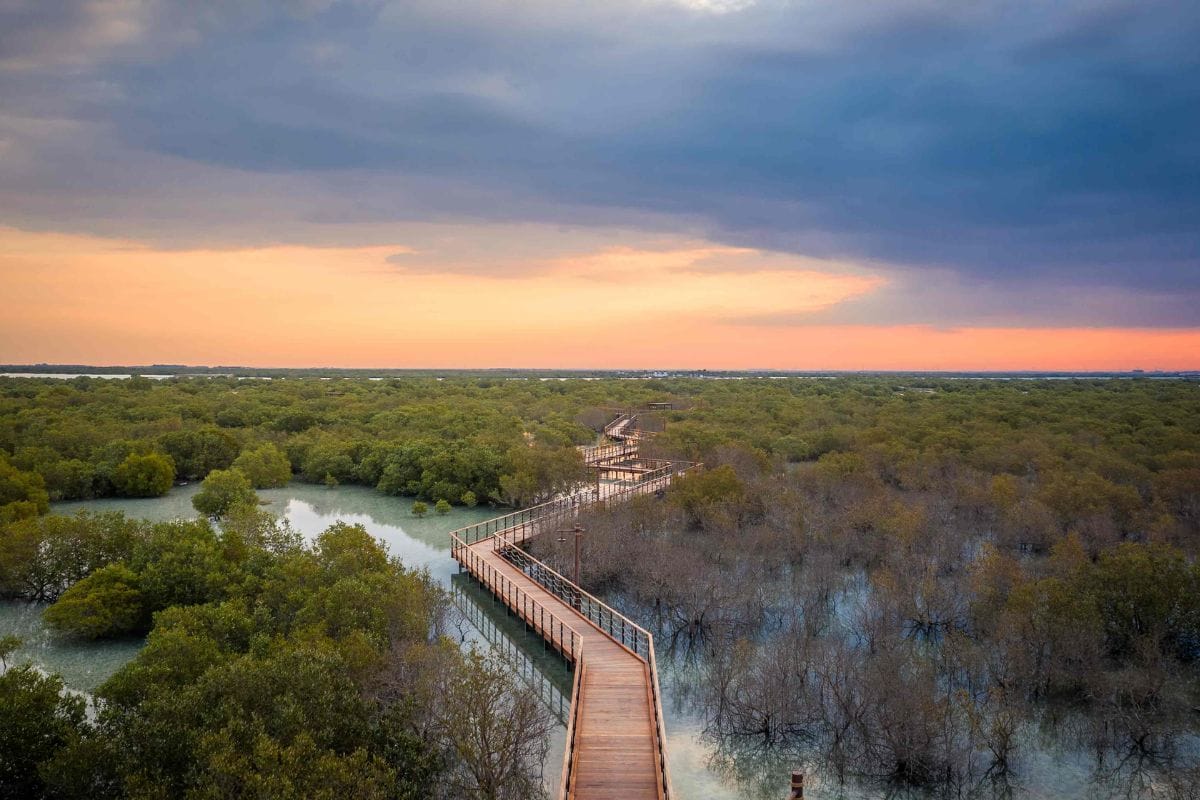
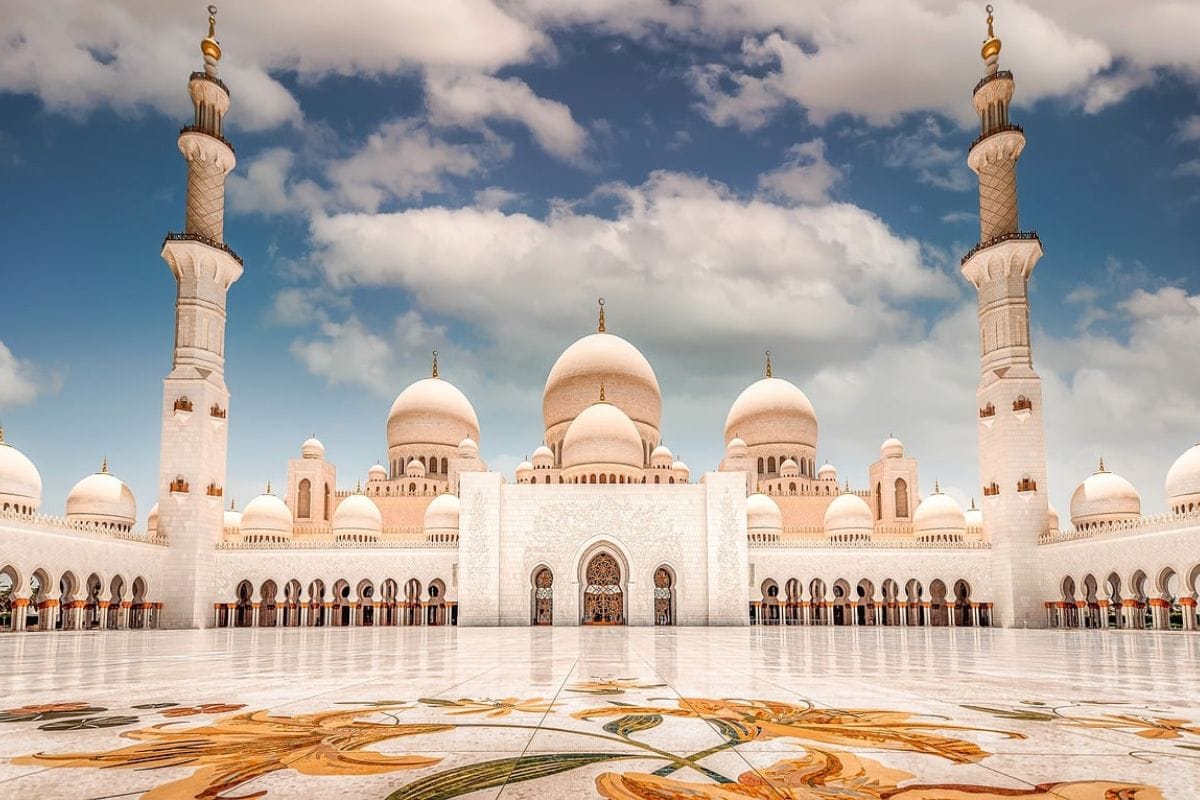
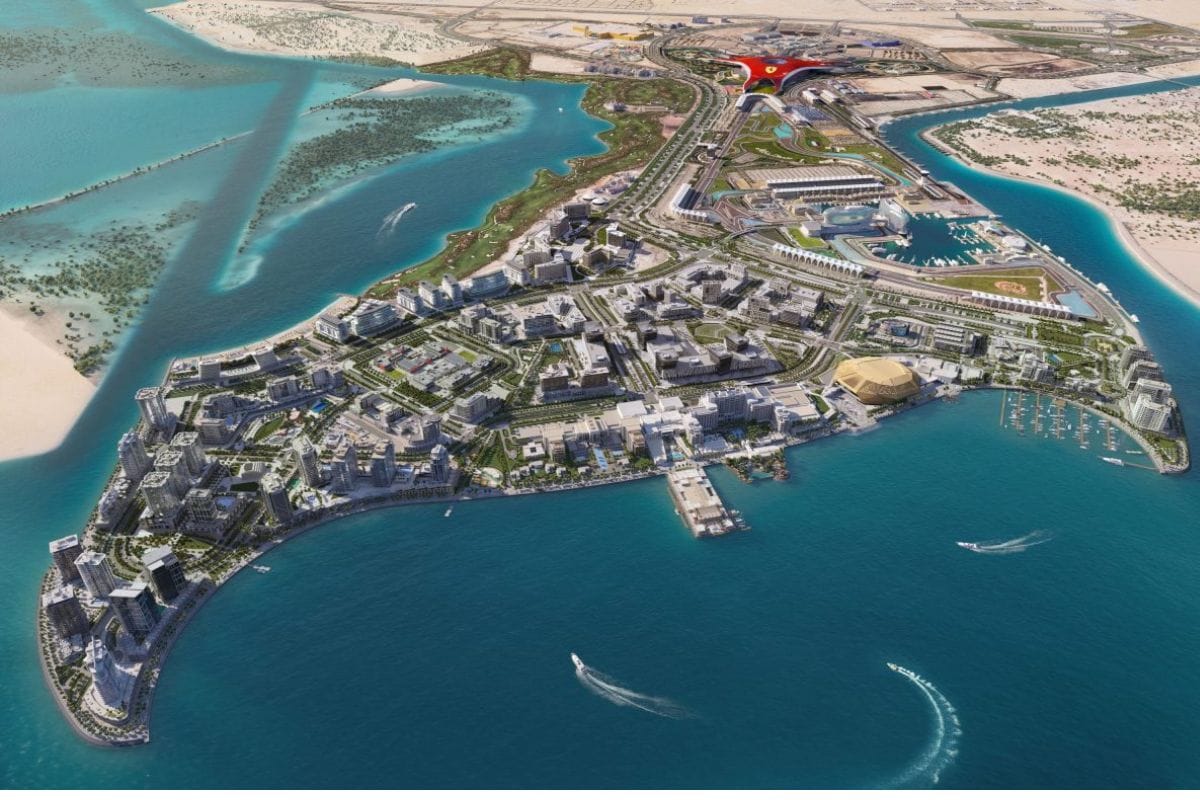
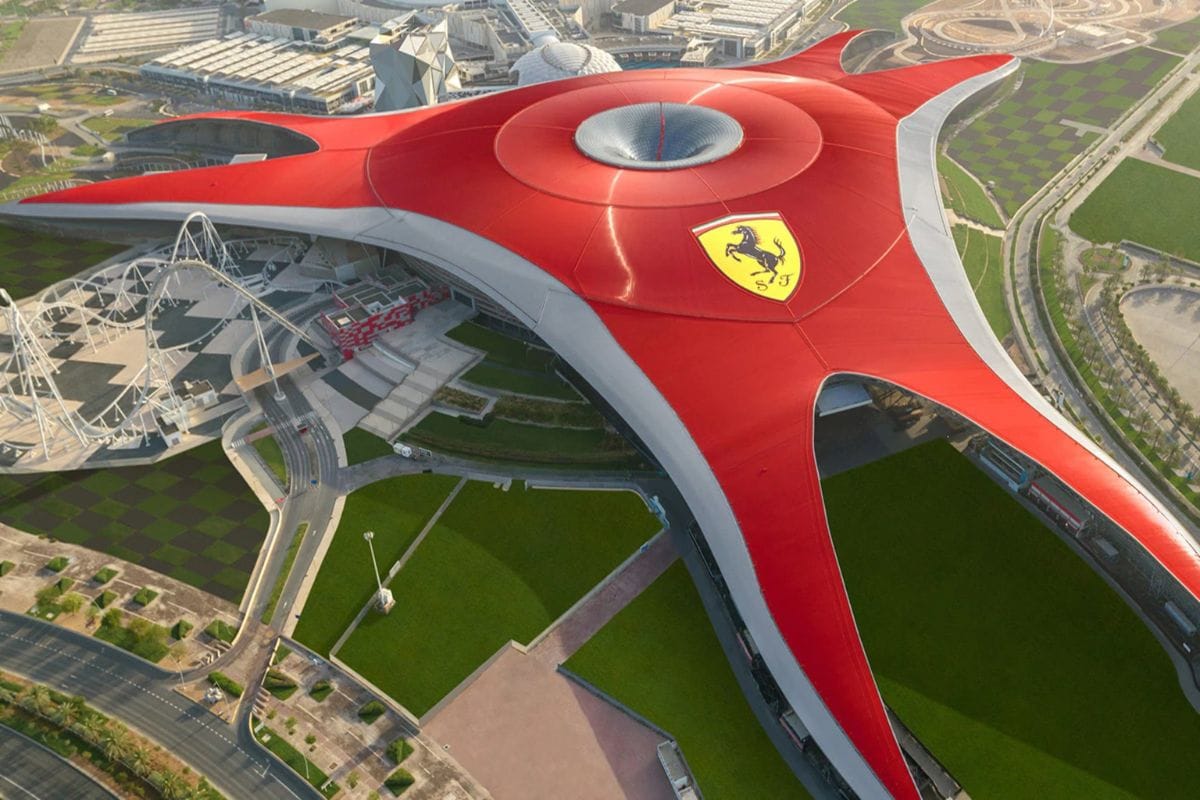
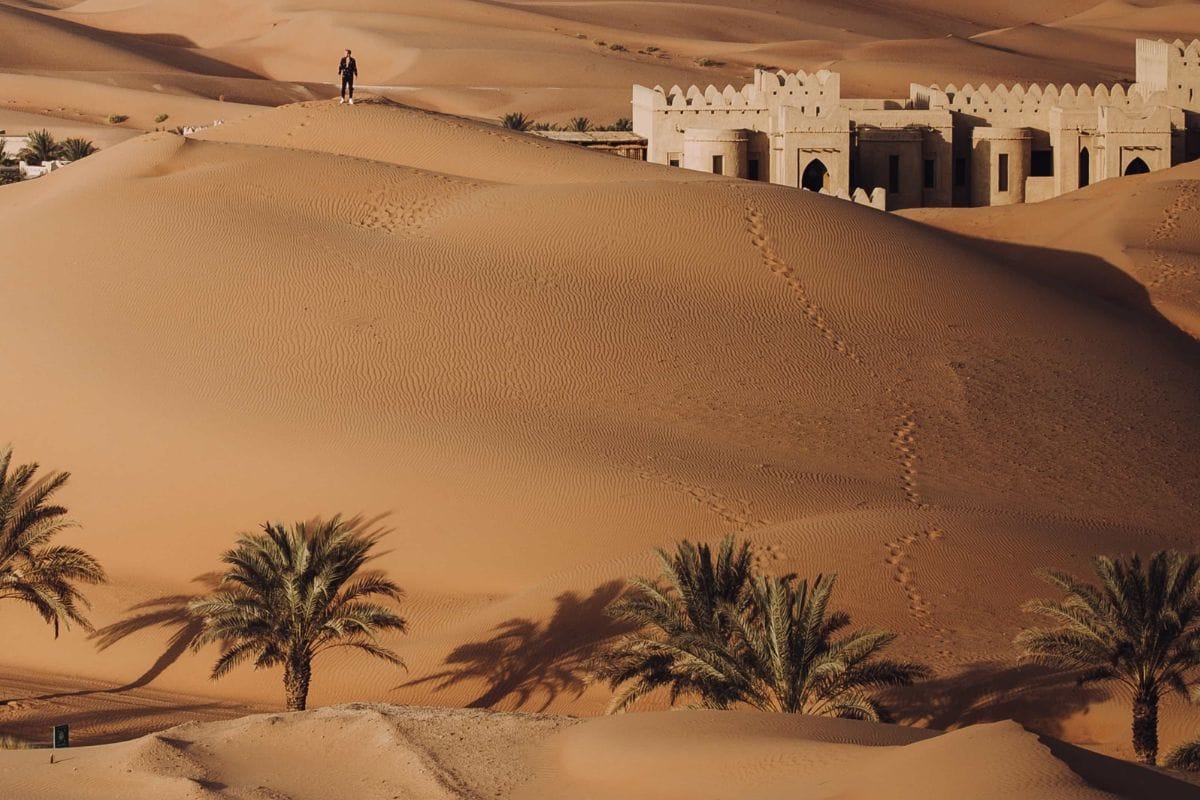
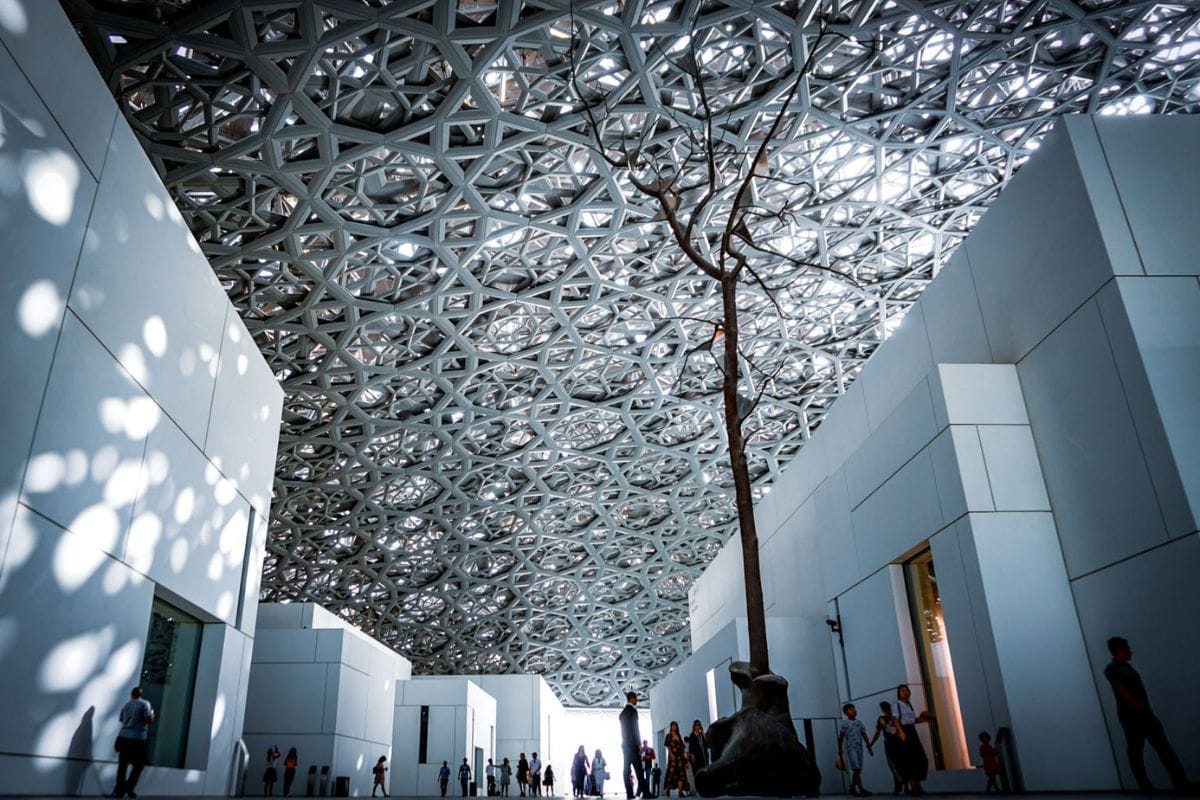
Abu Dhabi offers a wide array of attractions, blending cultural heritage, modern entertainment, and natural beauty. Here are some must-see places:
- Sheikh Zayed Grand Mosque: One of the largest mosques in the world, known for its stunning Islamic architecture and featuring one of the world’s largest chandeliers and hand-knotted carpet.
- Ferrari World Abu Dhabi: The first Ferrari-branded theme park, offering thrilling rides including the world’s fastest roller coaster, Formula Rossa, along with interactive exhibits and experiences.
- Observation Deck at 300: Located on the 74th floor of Jumeirah at Etihad Towers, this deck provides panoramic views of Abu Dhabi’s skyline and offers a luxurious high tea experience.
- Qasr Al Hosn: The oldest stone building in Abu Dhabi, now a museum showcasing artifacts and regional history, featuring a historic watchtower.
- Louvre Abu Dhabi: The first universal museum in the Middle East, with a diverse collection of artworks and artifacts, housed under a unique dome that creates a ‘rain of light’ effect.
- Yas Island: A hub for entertainment and leisure, home to Warner Bros World, Yas Waterworld, Yas Marina Circuit, and the annual Formula One Abu Dhabi Grand Prix.
- Saadiyat Island: A cultural hub featuring the Louvre Abu Dhabi and the upcoming Guggenheim Abu Dhabi, with beautiful beaches, luxurious resorts, and vibrant cultural activities.
- Liwa Oasis: Known for its vast and beautiful sand dunes, perfect for desert safaris and dune bashing, and home to date palm plantations and traditional Bedouin culture.
- Al Ain: Known as the Garden City, featuring Al Ain Oasis, Al Jahili Fort, and Al Ain National Museum, offering lush parks, gardens, and cultural landmarks.
- Mangrove National Park: A biodiverse conservation area offering kayaking tours, paddle boarding, and boat trips, supporting a variety of wildlife and lush vegetation.
- The Empty Quarter (Rub' al Khali): The world’s largest sand desert, with dunes over 300 meters high, offering activities like sandboarding, camel trekking, and desert camping.
Abu Dhabi is quickly becoming a major player on the world stage. It beautifully blends rich history, cultural heritage, and modern advancements. Its strategic location, booming economy, and diverse attractions make it a must-visit destination, not just within the UAE, but globally.
Dubai: The City of Dreams and Development

Dubai is the second largest emirate in the UAE, covering an area of 4,114 square kilometers, about 5% of the UAE's total land area without the islands. Known as the "Pearl of the Gulf" and the "Jewel of the World," Dubai has a rich heritage and history. It is ruled by H. H. Sheikh Mohammed bin Rashid Al Maktoum, the Vice-President and Prime Minister of the UAE, who became the Ruler of Dubai on January 4, 2006.
Dubai is globally renowned for its advanced infrastructure and has transformed from a small fishing and pearl diving community to a major global trade hub and tourism destination. The city is famous for its modern skyscrapers, vibrant nightlife, exclusive shopping experiences, and multicultural environment, home to more than 200 nationalities.
Attractions in Dubai
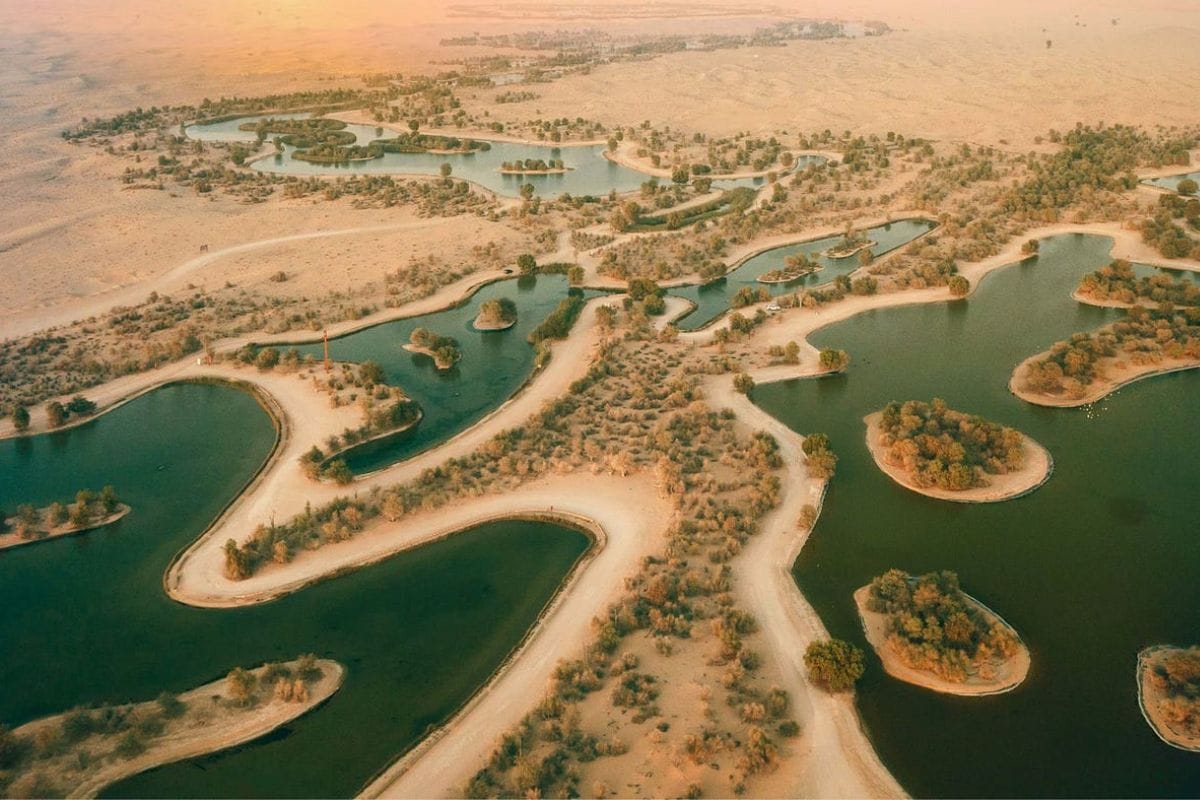
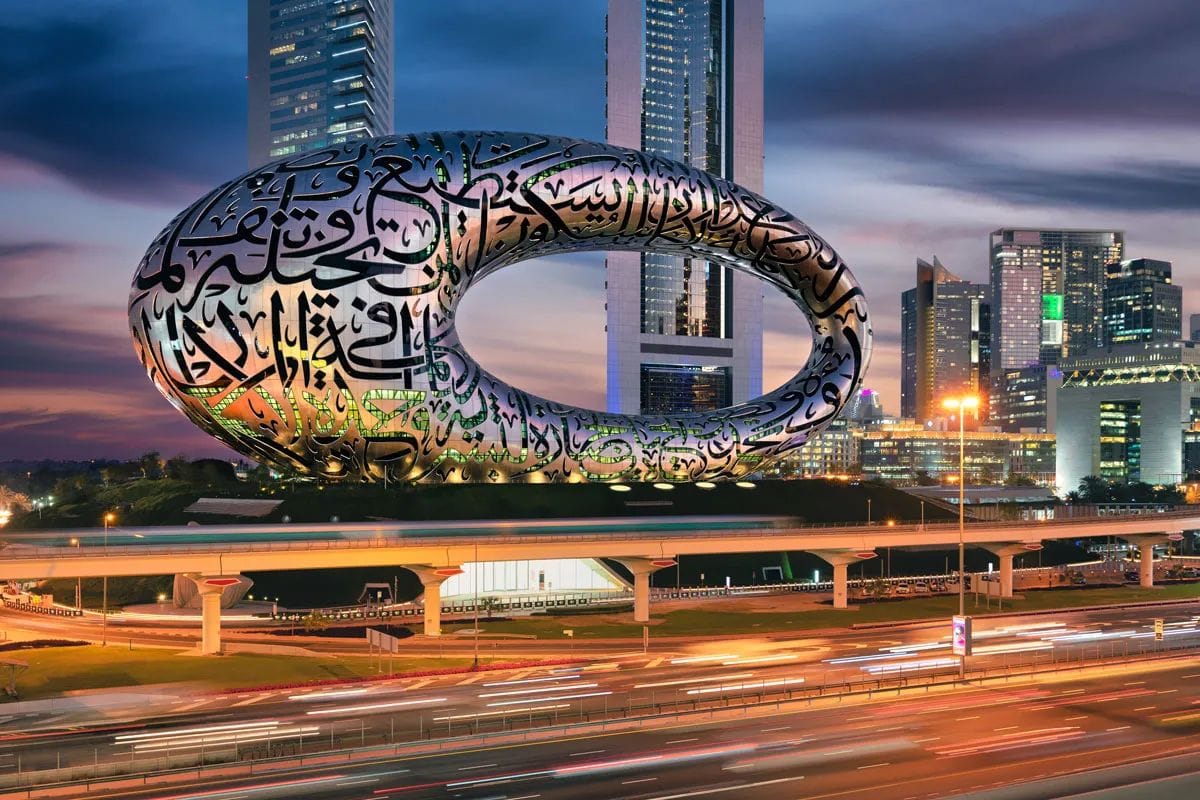
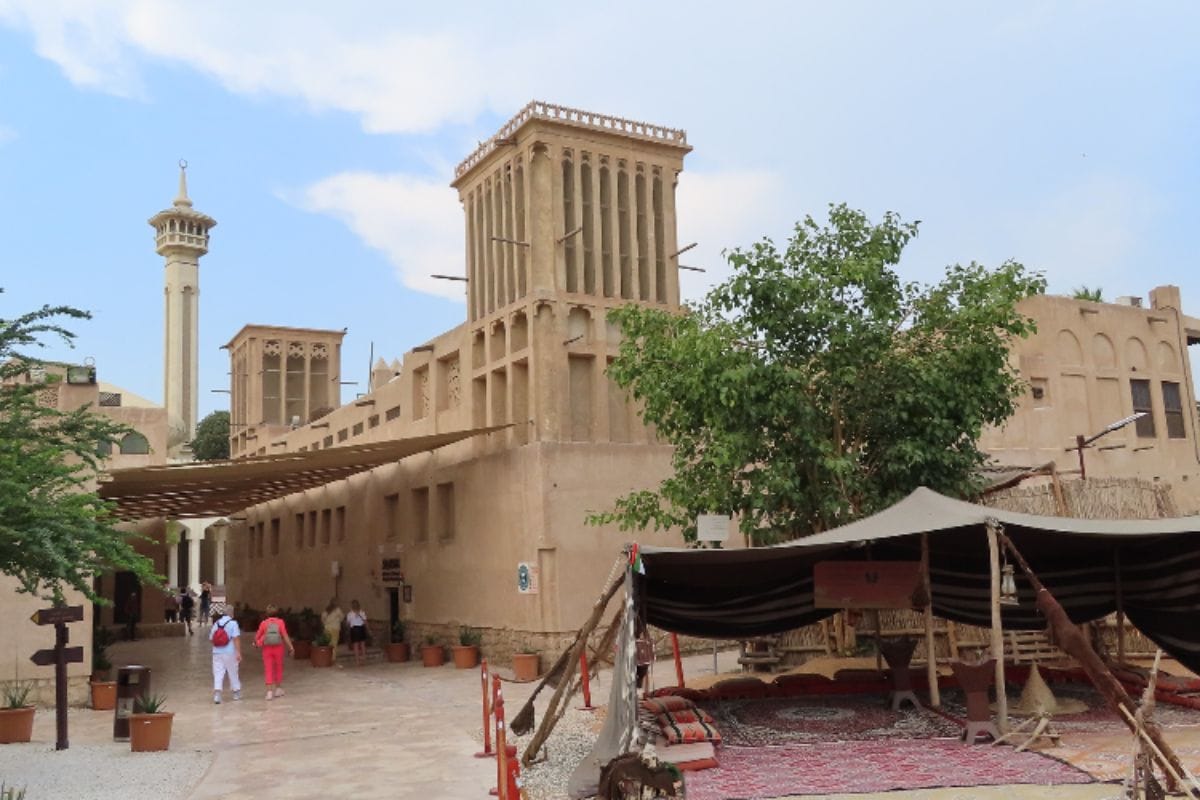
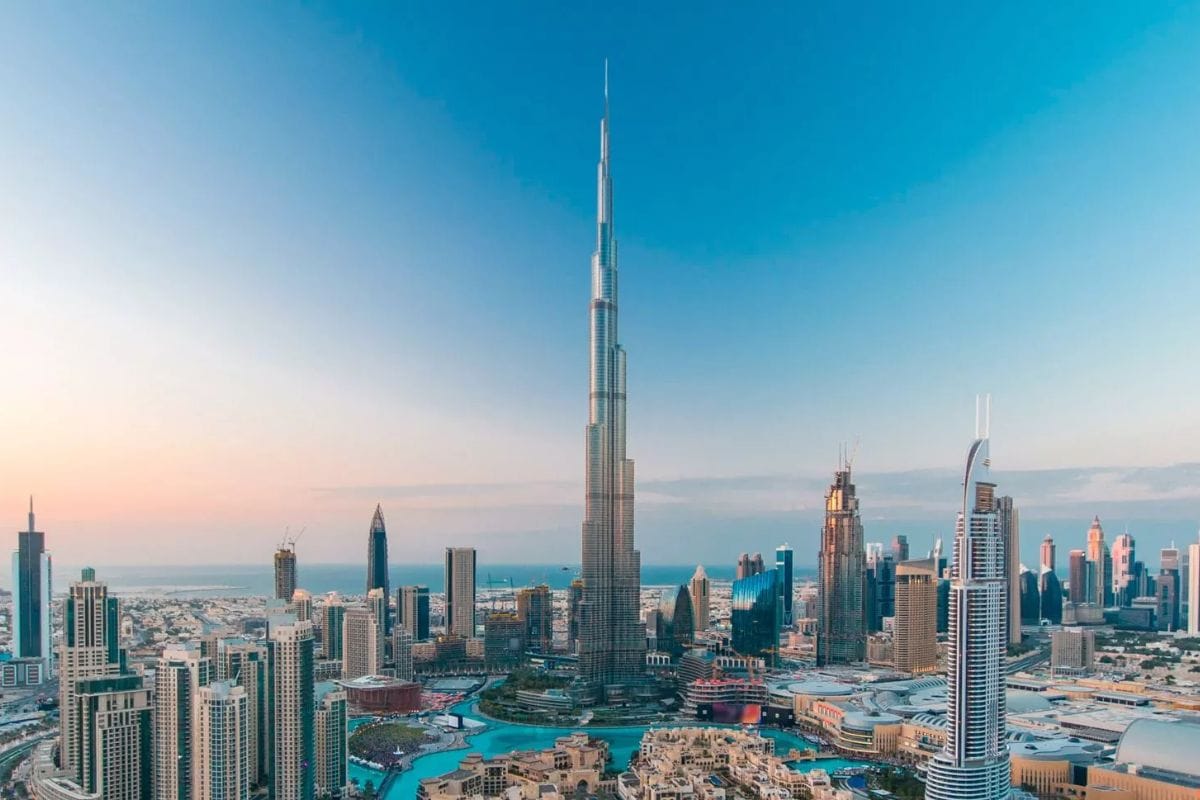
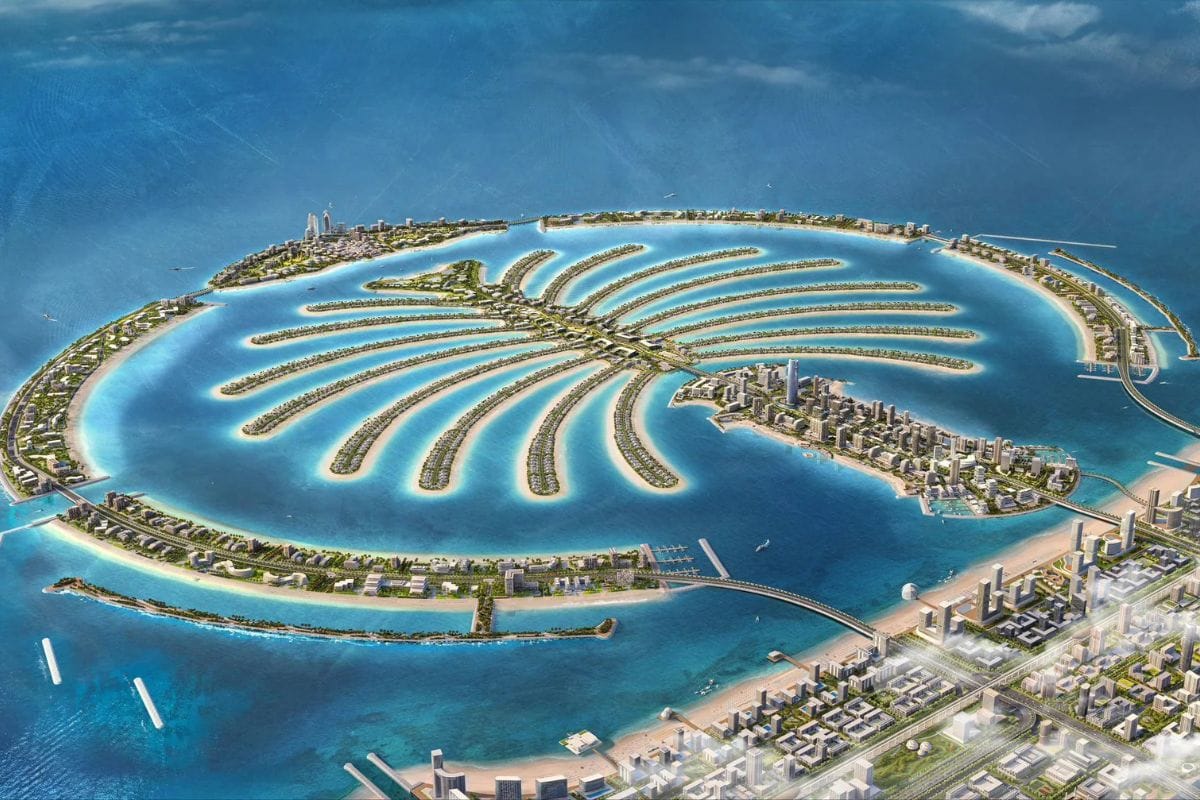
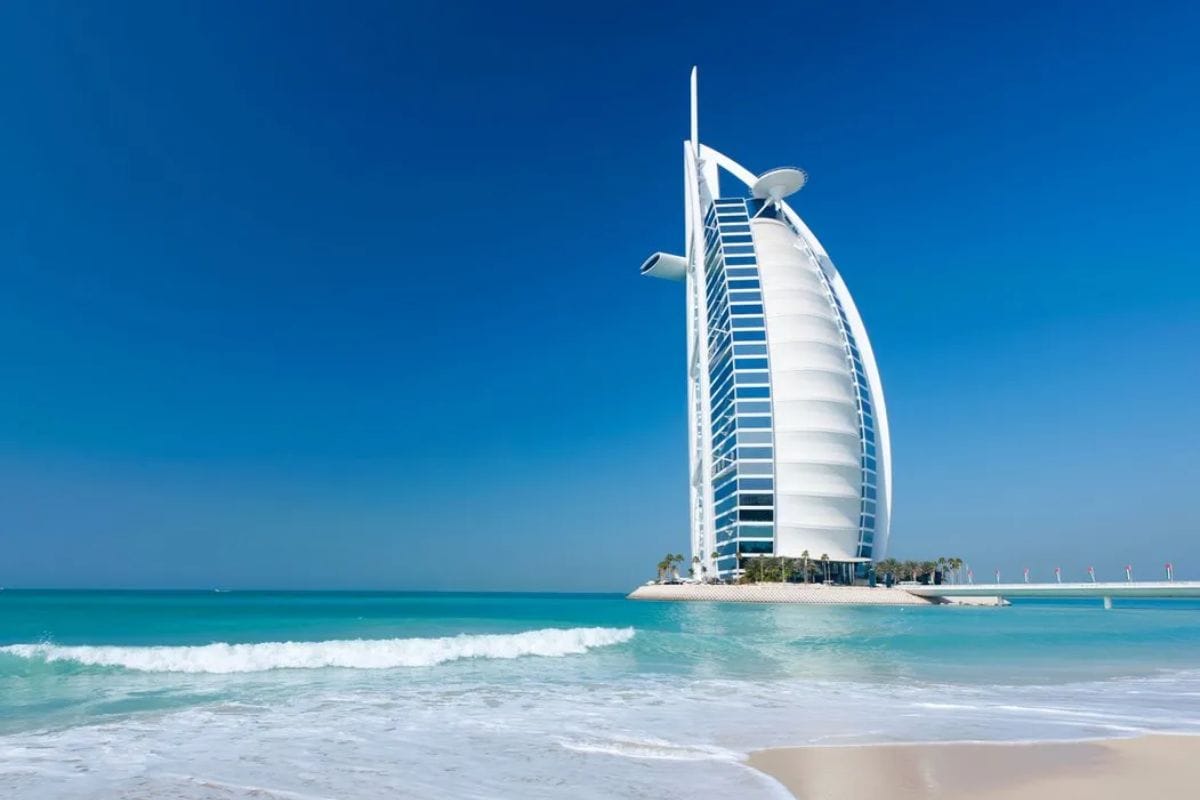
Dubai offers world-record attractions and unique experiences that draw millions of visitors each year. Here are some highlights:
- Burj Khalifa: Standing at 828 meters, Burj Khalifa is the tallest building in the world. It features two observation decks on the 124th and 125th floors and the 148th floor, offering sensational views of the city. Visitors can enjoy various activities, including afternoon tea with a view.
- The Museum of the Future: Dubbed the "most beautiful building on Earth," this torus-shaped landmark explores innovative technologies and augmented reality. It offers an exhilarating experience into the future of artificial intelligence and other cutting-edge advancements.
- Palm Jumeirah: One of the largest artificial islands in the world, shaped like a palm tree. It is a premium waterfront development featuring luxury hotels such as Atlantis The Royal and the St Regis, along with various leisure activities and amenities.
- Dubai Mall: Located in Downtown Dubai, this is the ultimate shopping destination with over 1,300 retailers and 200 restaurants. It also features attractions like an ice rink, the Dubai Aquarium and Underwater Zoo, and countless entertainment options.
- Al Fahidi District: Also known as Al Bastakiya, this historic neighborhood features low-rise buildings and narrow passageways, reflecting Dubai's pearl trading roots. It offers a glimpse into the emirate's rich heritage.
- Dubai Opera: A prominent performing arts venue hosting concerts, exhibitions, ballet shows, and more. The stunning architecture and variety of events make it a cultural hotspot.
- Dubai Souks: Traditional markets like the Dubai Spice Souk and Gold Souk in Deira offer a unique shopping experience, with a vast array of spices, jewelry, and traditional items.
- Hatta: A mountainous exclave on the border with Oman, around 90 minutes by car from Downtown Dubai. It is a popular outdoor destination for hiking, camping, kayaking, and mountain biking.
- Love Lakes of Al Qudra: These man-made lakes, along with a 50km desert cycling track and the nearby Ras Al Khor Wildlife Sanctuary, are great for spotting wildlife and enjoying nature.
- Dubai Aquarium and Underwater Zoo: Located in Dubai Mall, it is one of the largest indoor aquariums in the world, featuring a wide variety of marine life.
- The Green Planet: An indoor tropical rainforest with over 3,000 plants and animals, offering an immersive experience in nature.
- Burj Al Arab: The iconic sail-shaped hotel, recognized as the world's only seven-star hotel, epitomizes luxury and offers an unparalleled hospitality experience.
Dubai's blend of modernity and tradition makes it a unique destination on the global stage. Dubai continues to attract millions of visitors from around the world with its towering skyscrapers, luxurious hotels, vibrant cultural scene, and rich heritage.
Sharjah: The Heart of Emirati Heritage
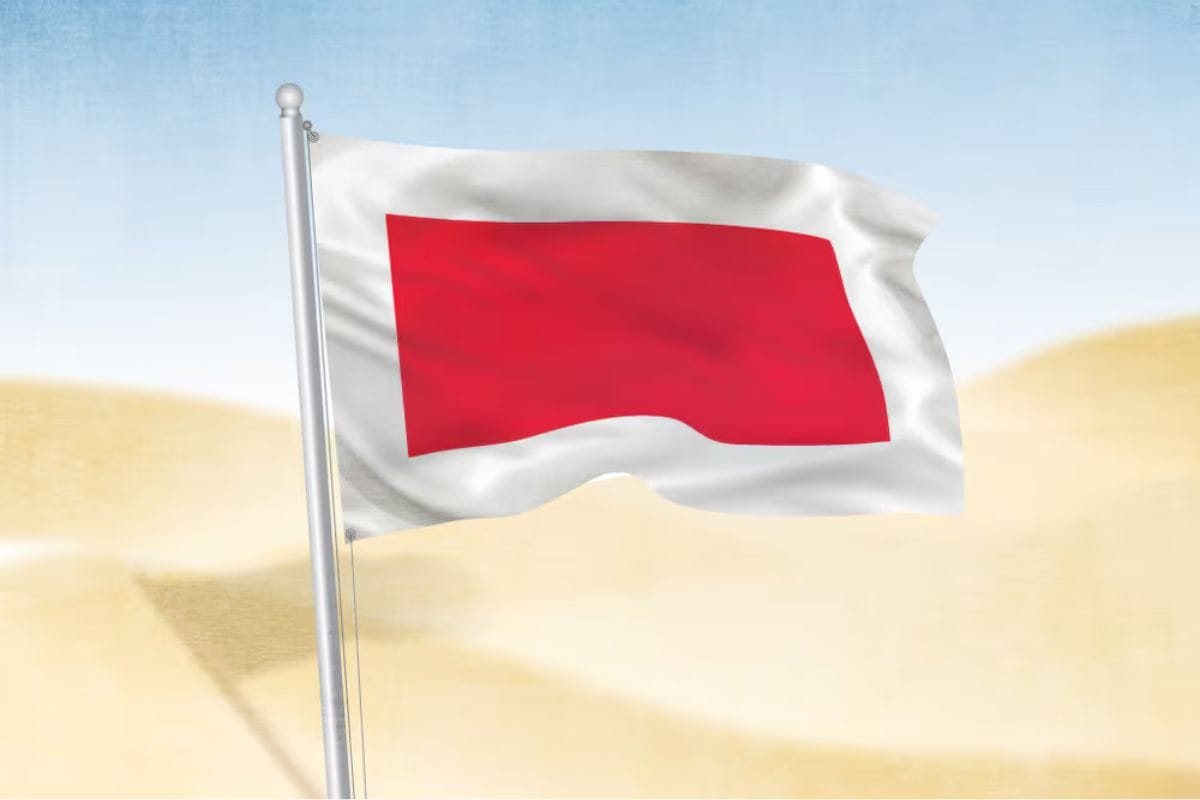
Sharjah is the third largest emirate in the UAE, covering an area of 2,590 square kilometers, which accounts for 3.3% of the UAE's total area. Known for its picturesque landscapes and seascapes, Sharjah boasts a unique geographical position as the only emirate that lies on both the Arabian Gulf and the Gulf of Oman. This emirate is a blend of vast deserts, fertile agricultural areas, and scenic coastlines.
Under the leadership of H. H. Sheikh Dr. Sultan bin Mohamed Al Qasimi, Sharjah has flourished into a center for arts and culture. Recognized by UNESCO as the "Cultural Capital of the Arab World" in 1998, the "Capital of Islamic Culture" in 2014, and the "World Book Capital" in 2019, Sharjah continues to uphold its rich heritage while embracing modern advancements.
Attractions in Sharjah
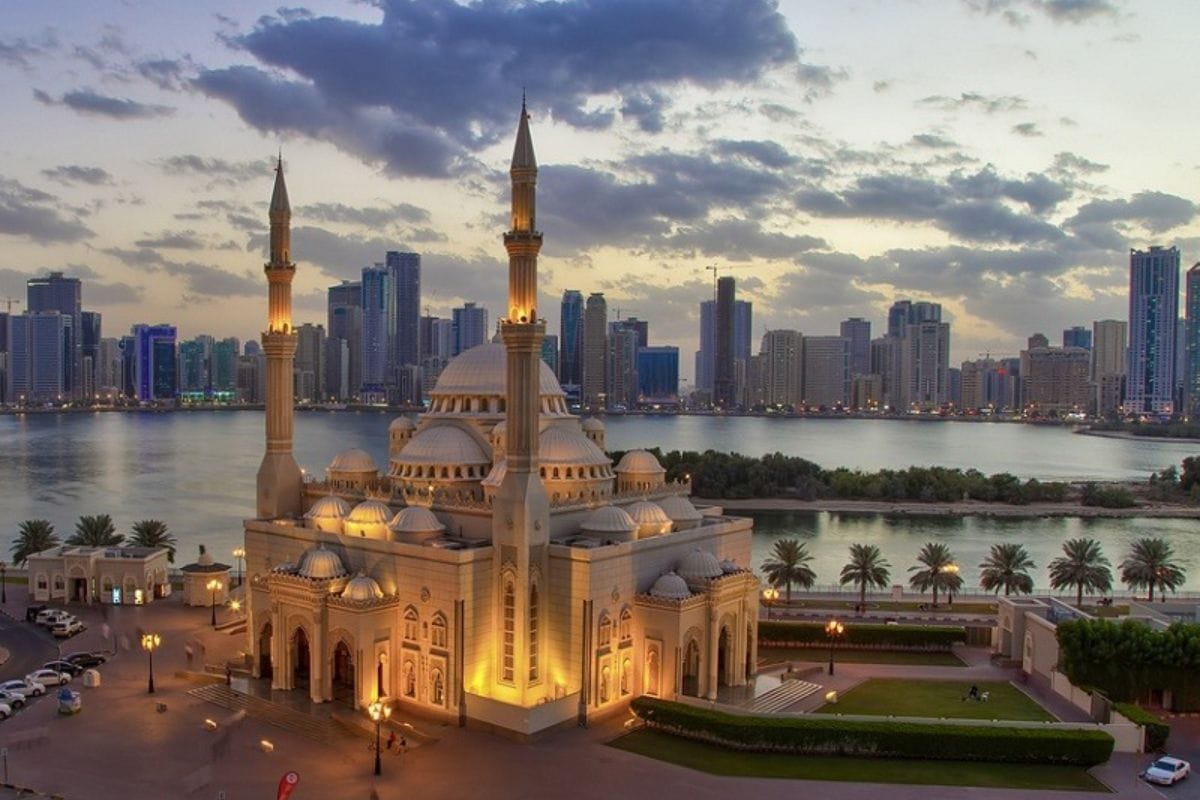
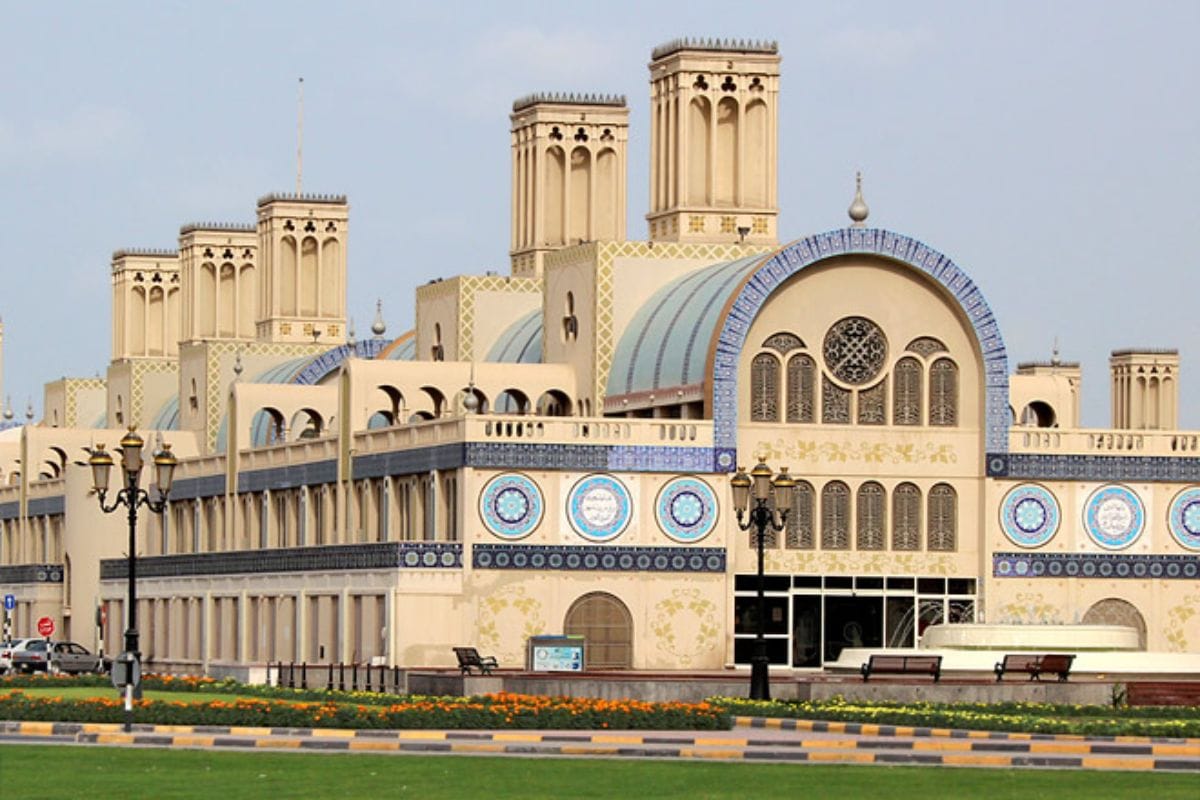
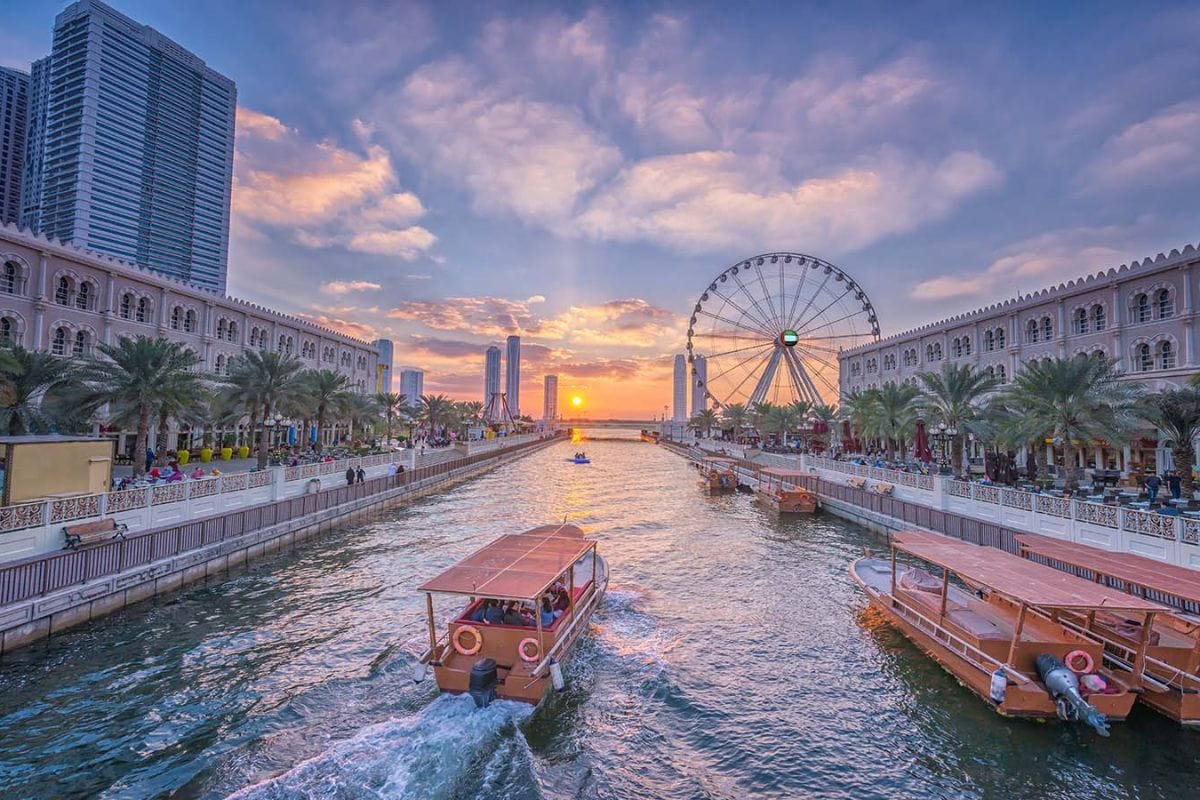
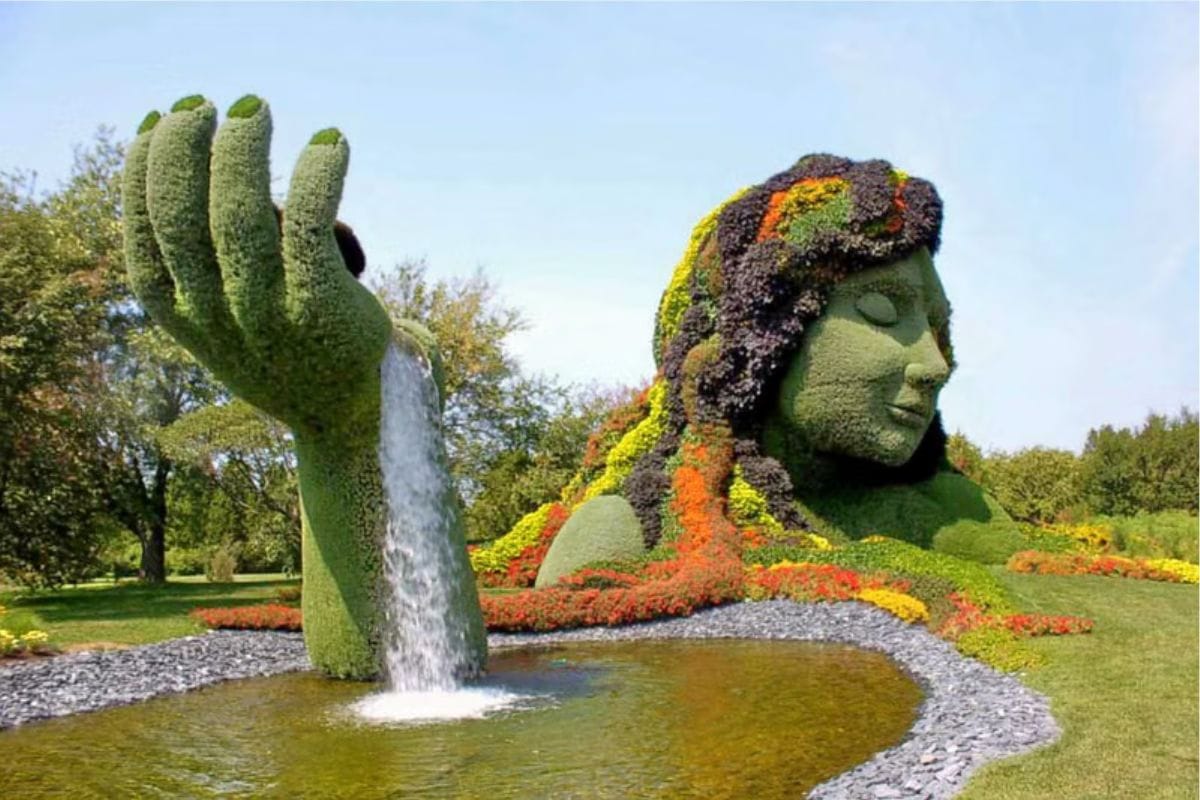

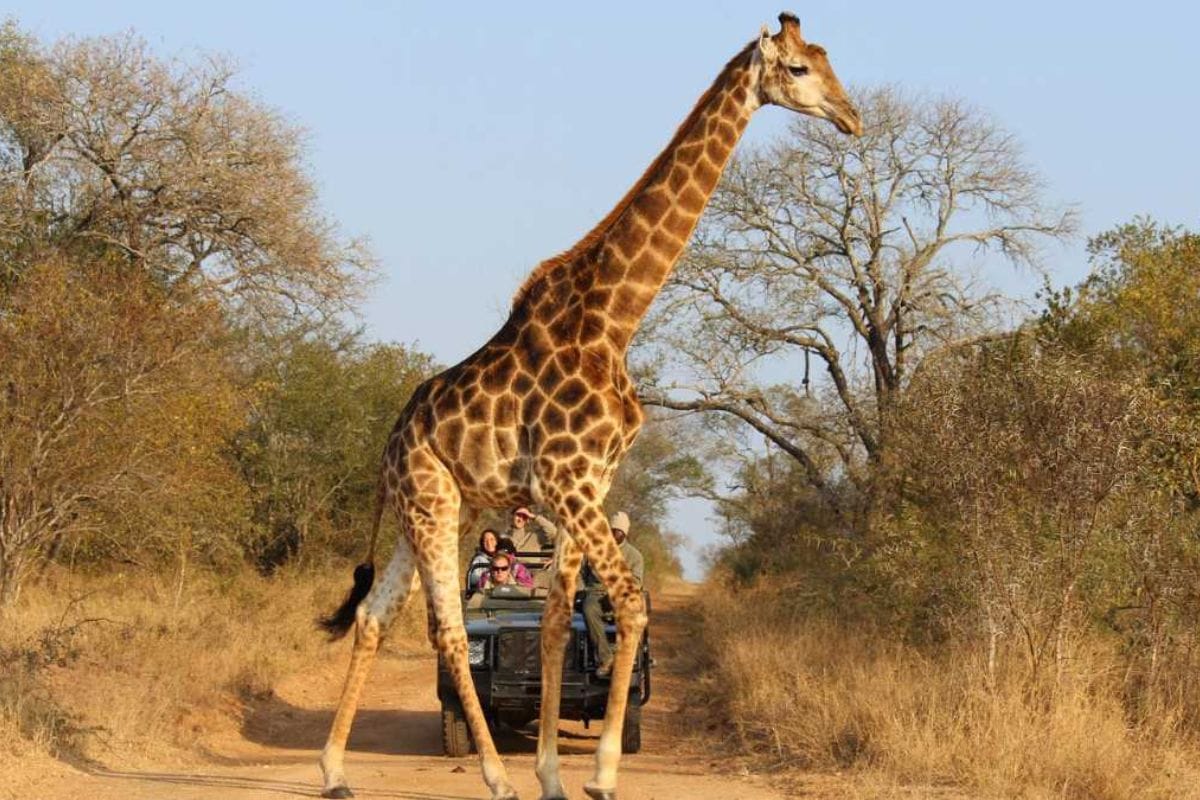
Sharjah offers a diverse range of attractions, making it a must-visit destination for art, culture, and nature enthusiasts. Here are some highlights:
- Sharjah National Park: Covering 630 kilometers, this park is a blend of Arab architecture and contemporary European styles. It offers various attractions and amenities, making it a perfect spot for relaxation and family outings.
- Blue Souk (Central Souk): Known for its distinctive, blue-tiled architecture, this shopping complex features over 600 shops selling Arabian souvenirs, antiques, perfumes, jewelry, and electronic goods.
- Al Qasba: An entertainment zone featuring luxurious restaurants, kids’ play zones, and theaters. Al Qasba is the perfect place to unwind and enjoy the vibrant atmosphere of Sharjah.
- Khalid Lagoon: An artificially created water body that has led to the formation of Al Noor Island. This archipelago offers numerous family-friendly activities and scenic views.
- Sharjah Art Museum: Home to a mix of permanent and temporary art displays, this museum showcases the works of celebrated local and regional artists, making it a haven for art lovers.
- Sharjah Safari Park: Spanning 8,000 hectares, this is the world’s largest safari park outside Africa. It features fascinating species like giraffes, lions, and the black rhinoceros.
- Al Noor Mosque: Known for its traditional Ottoman-style architecture, Al Noor Mosque is one of the most popular religious sites in Sharjah. It offers mosque tours that provide insights into Islamic culture and history.
- Heart of Sharjah: A major restoration project transforming Sharjah’s original city center into a thriving heritage district. It includes museums, art galleries, and the Al Elsa School Museum, showcasing the educational heritage of the emirate.
- House of Wisdom: A futuristic public library spread across 1.2 hectares, featuring rotating art exhibitions, 3D printers, and vinyl-cutting machines. It's a haven for book lovers and tech enthusiasts alike.
- The Rain Room: One of the UAE’s most unusual immersive art exhibitions, allowing visitors to experience an infinite downpour without getting wet, thanks to sensors that detect movement.
Sharjah, with its rich cultural heritage and vibrant arts scene, stands as the cultural hub of the UAE. The emirate’s dedication to preserving its historical and Islamic influences while embracing modern advancements makes it a unique and enriching destination.
Ajman: A Blend of Old and New

Ajman is the smallest of the seven emirates, covering about 259 square kilometers, which is approximately 0.3% of the UAE's total area. Located on the coast of the Arabian Gulf, Ajman lies between the emirates of Sharjah and Umm Al Quwain. Despite its small size, Ajman offers a unique blend of modern amenities and traditional charm, characterized by its sandy beaches and the rugged Hajjar mountain range.
The emirate is ruled by H. H. Sheikh Humaid Bin Rashid Al Nuaimi, the 10th ruler of Ajman, who succeeded his late father on September 6, 1981. Ajman's history dates back to the late 18th century, with the Al Nuaimi tribe establishing it as an autonomous state in 1820.
Attractions in Ajman
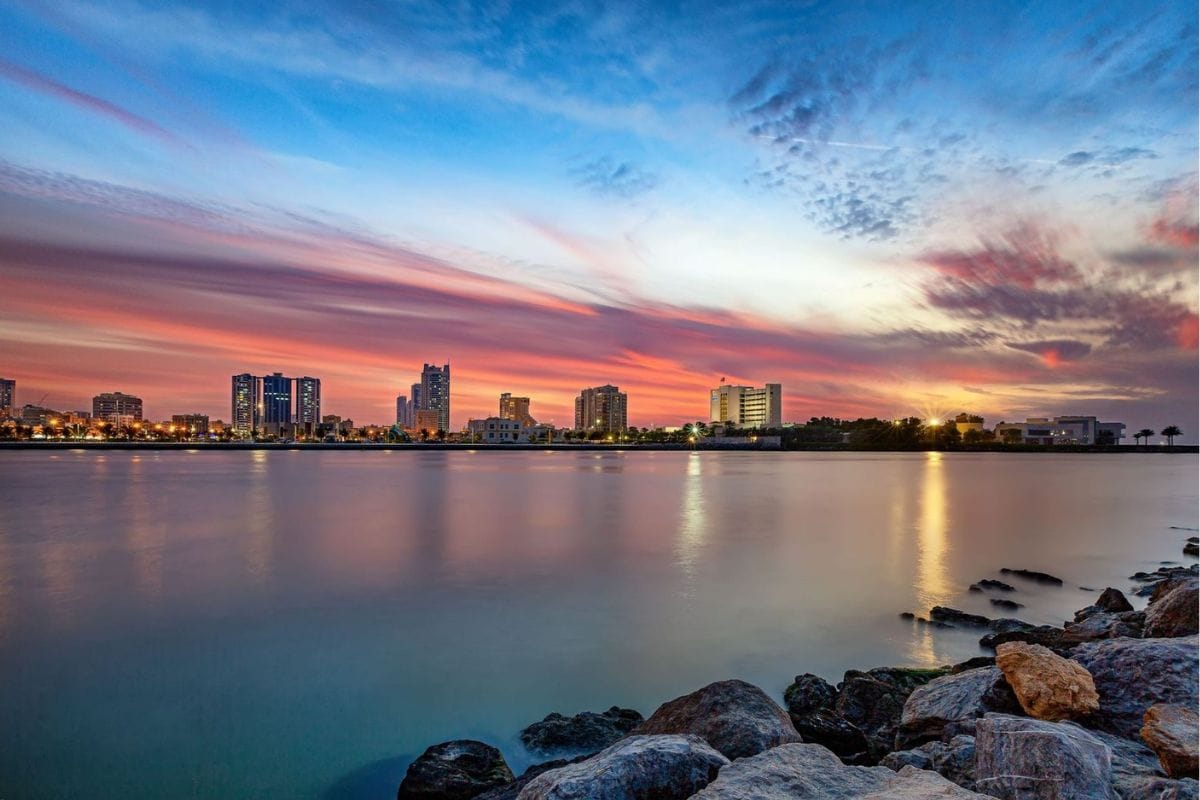
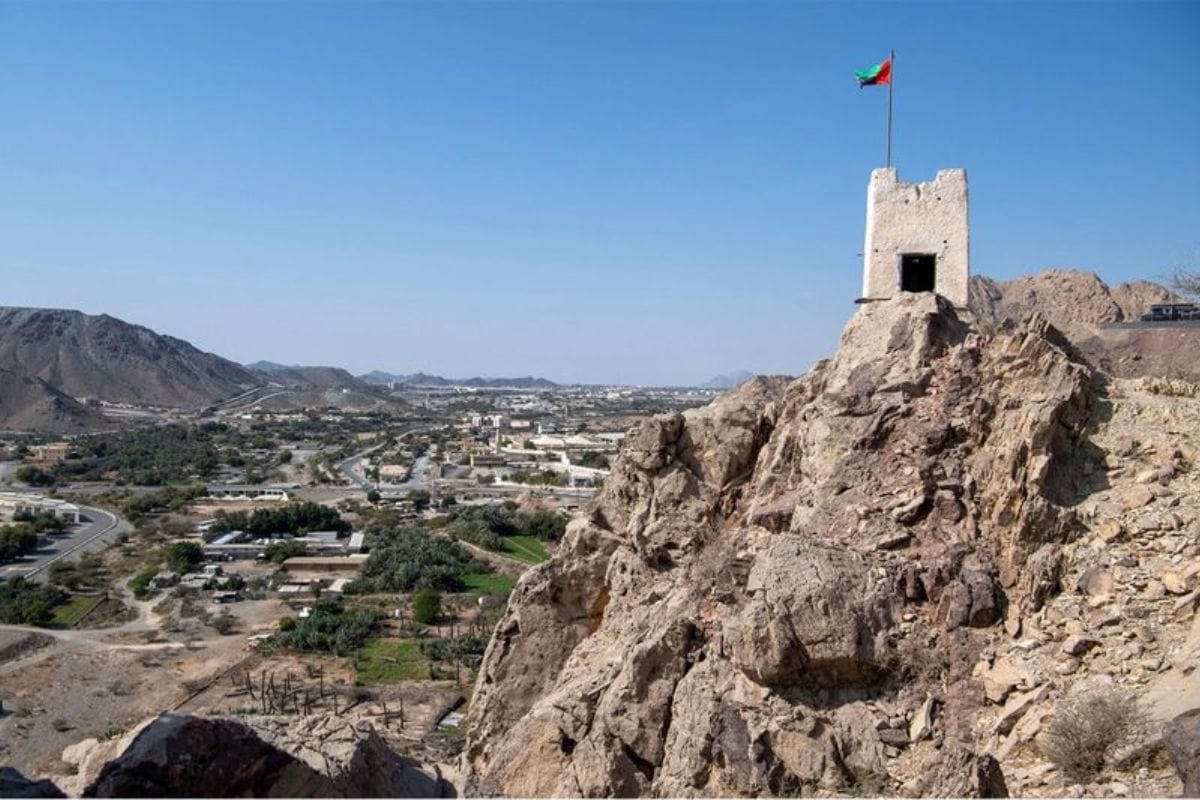
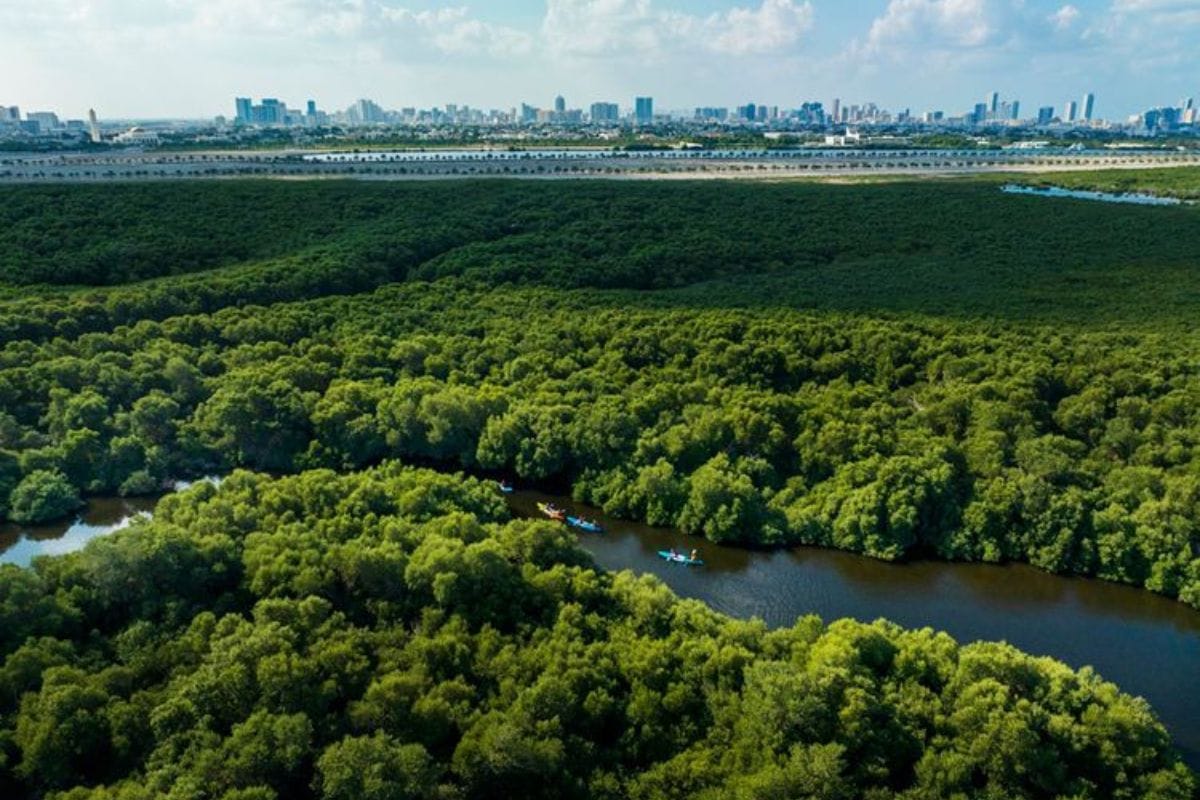
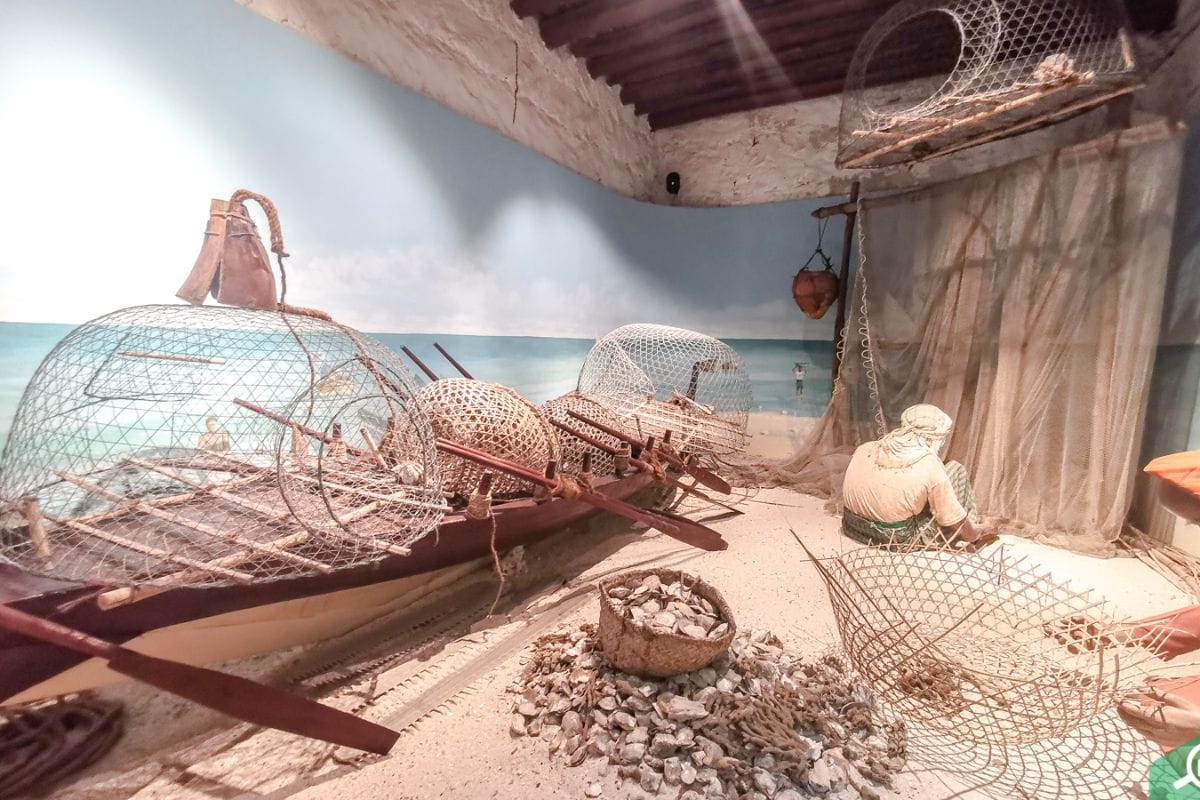
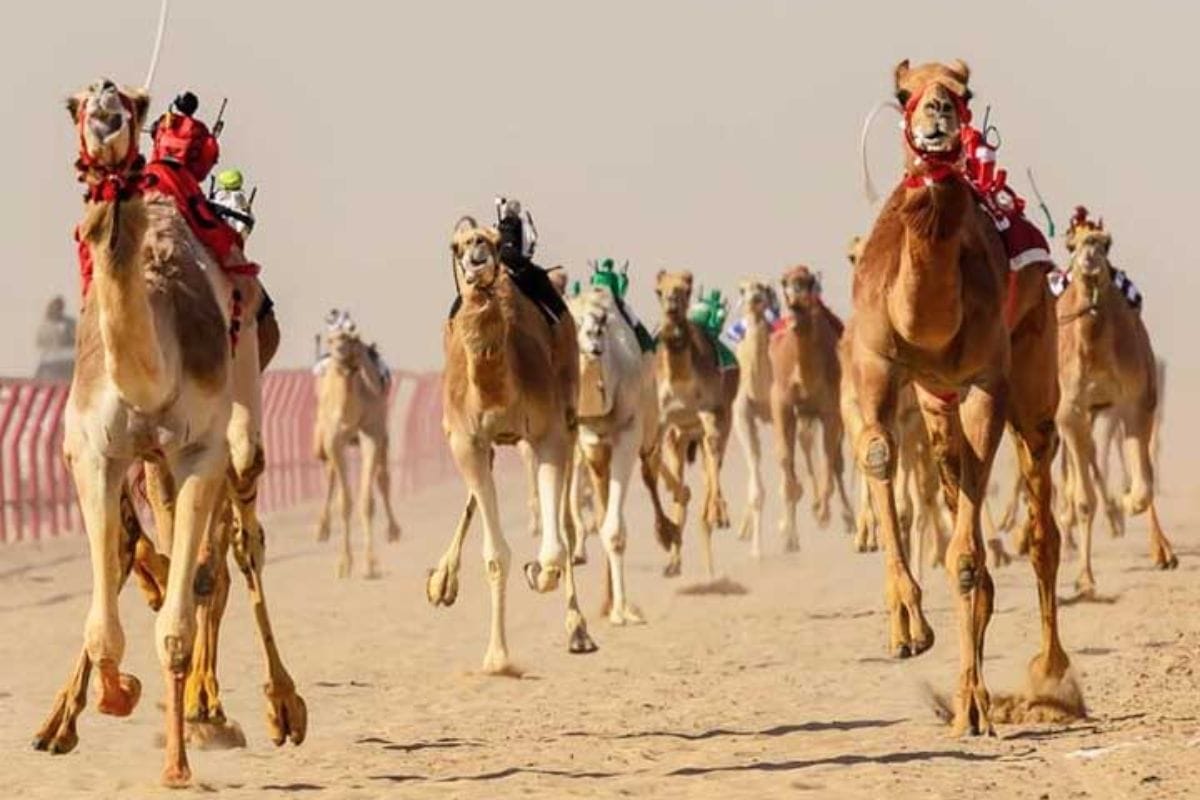
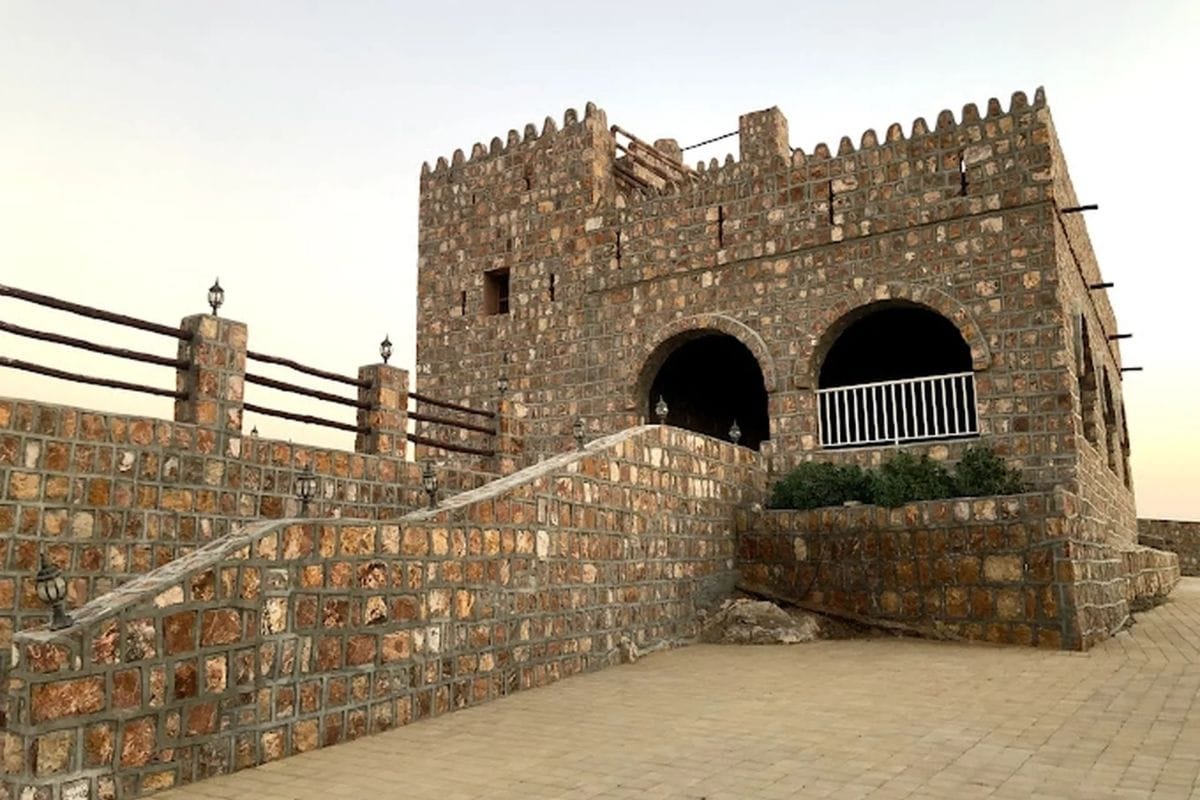
Ajman may be the smallest emirate, but it has plenty of attractions that showcase its rich history and natural beauty. Here are some highlights:
- Ajman Museum: Housed in an 18th-century fort, this museum offers a glimpse into Ajman's past. Once the residence of the ruling family and a police station, it now displays artifacts, traditional industries, and exhibits on the emirate’s social life.
- Masfout Castle: Located in the mountainous region of Masfout, this historic castle is a symbol of the emirate’s heritage. It offers stunning views of the surrounding landscape and a peaceful retreat from the city.
- Masfout Gate: Serving as an entrance to the Masfout region, this gate is an important historical landmark and a gateway to exploring the area’s forts, castles, and natural beauty.
- The Red Fort: Another historical landmark, the Red Fort is known for its distinctive red plaster and mudbrick construction. It provides insight into traditional defensive architecture.
- Al Zorah Nature Reserve: This protected wetland area is a haven for birdwatchers, featuring mangroves, turquoise lagoons, and a variety of bird species, including flamingos. It’s an excellent spot for kayaking and enjoying nature.
- Ajman Beaches: The emirate’s beaches are known for their clean water and peaceful environment, offering various marine activities that attract sea lovers.
- UAE Pygmy Zoo: The first petting zoo in Ajman, it allows visitors to feed and interact with animals like birds, camels, and horses. It also offers camel and horse-riding experiences.
- Camel Racecourse: Close to Sharjah's border, the Al Tallah Camel Racecourse offers an exciting experience of traditional camel racing, where robotic jockeys guide the camels as owners follow in 4x4s.
- Hajar Mountains: The rugged mountains offer opportunities for hiking, exploring forts, and enjoying the natural scenery. The area is popular for camping and outdoor activities.
Ajman, with its blend of traditional charm and modern facilities, provides a unique experience for visitors. Its strategic location and rich cultural heritage make it a significant emirate despite its small size.
Umm Al Quwain: Umm Al Quwain: A Coastal Retreat
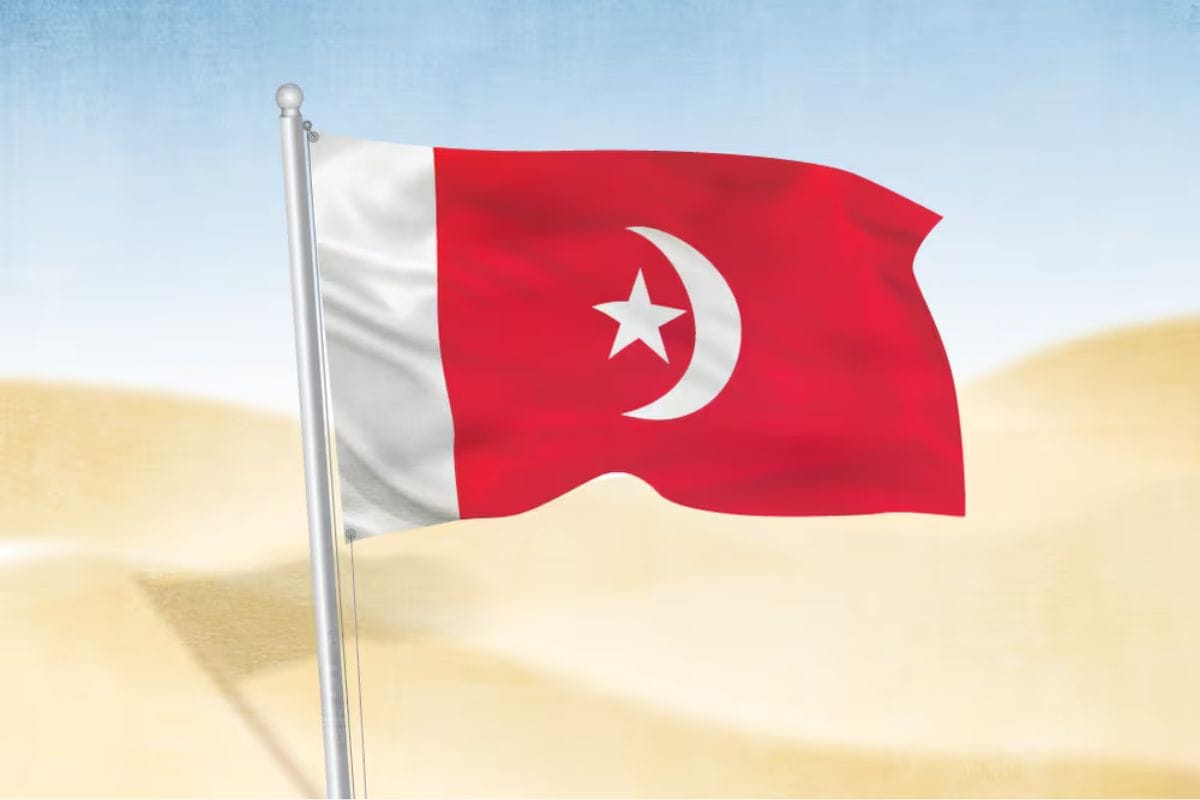
Umm Al Quwain is the second smallest and the least populated emirate in the UAE, covering approximately 720 square kilometers, which is about 1% of the UAE's total area. Situated between Sharjah to the southwest and Ras Al Khaimah to the northeast, the city of Umm Al Quwain is built on a narrow peninsula called Khor Al Bidiyah. Fishing plays a significant role in the emirate’s economy, with seafood being exported throughout Europe and the Middle East.
The ruling family descends from the Al Mualla lineage of the Al Ali tribe, which established an independent Sheikhdom in Umm Al Quwain after moving from Seniah Island due to scarce water. The emirate is currently ruled by H. H. Sheikh Saud bin Rashid Al Mualla, who became the Ruler in 2009 following the demise of his father.
Attractions in Umm Al Quwain
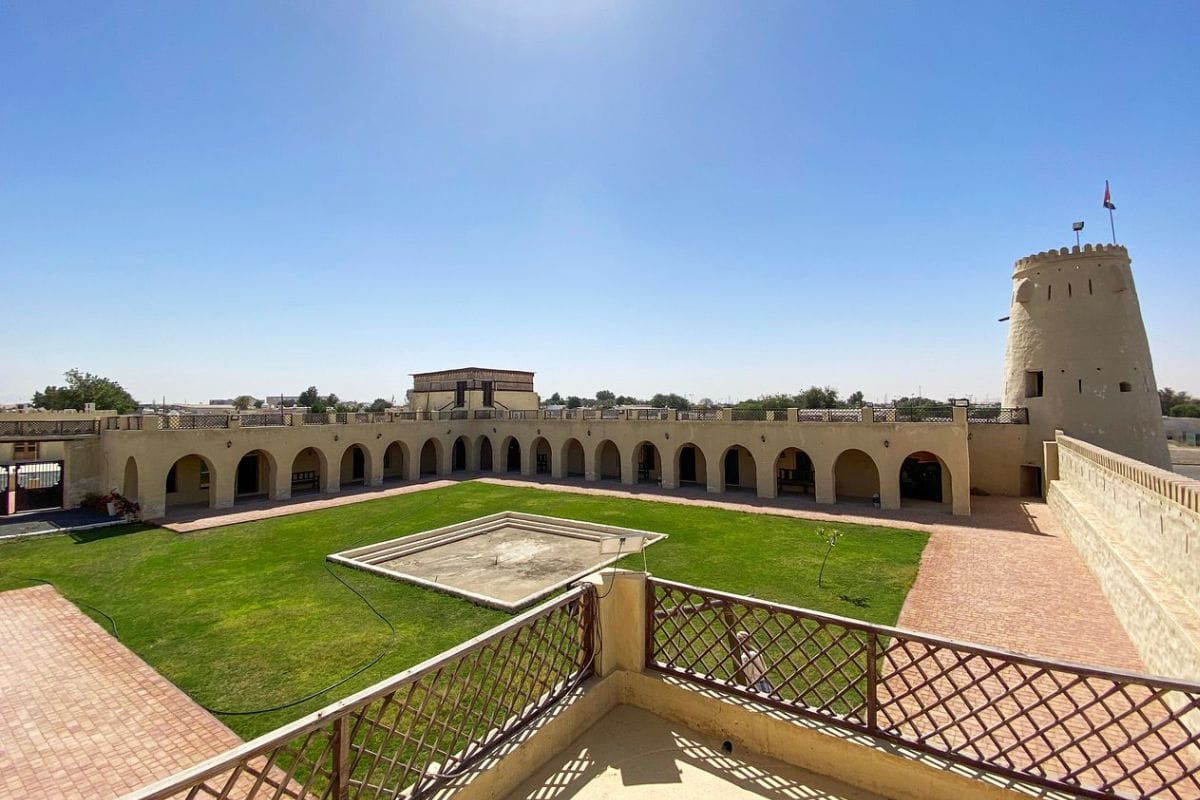
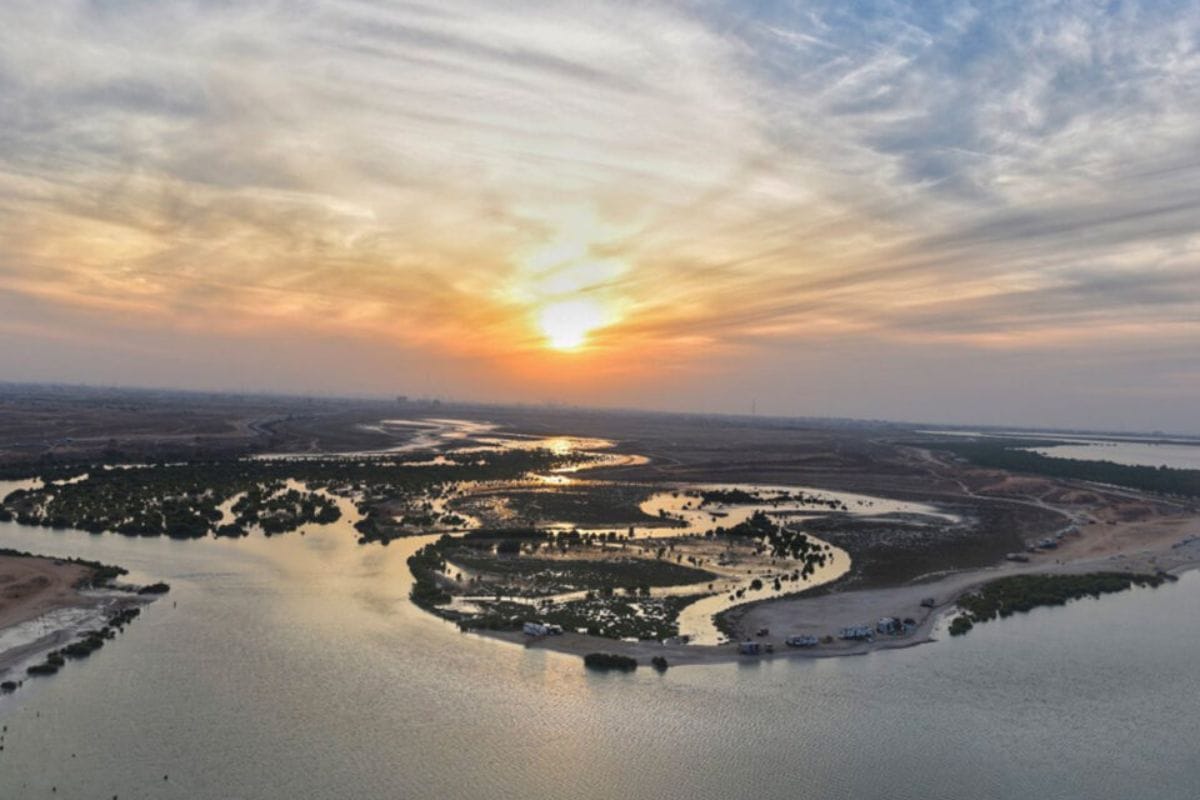

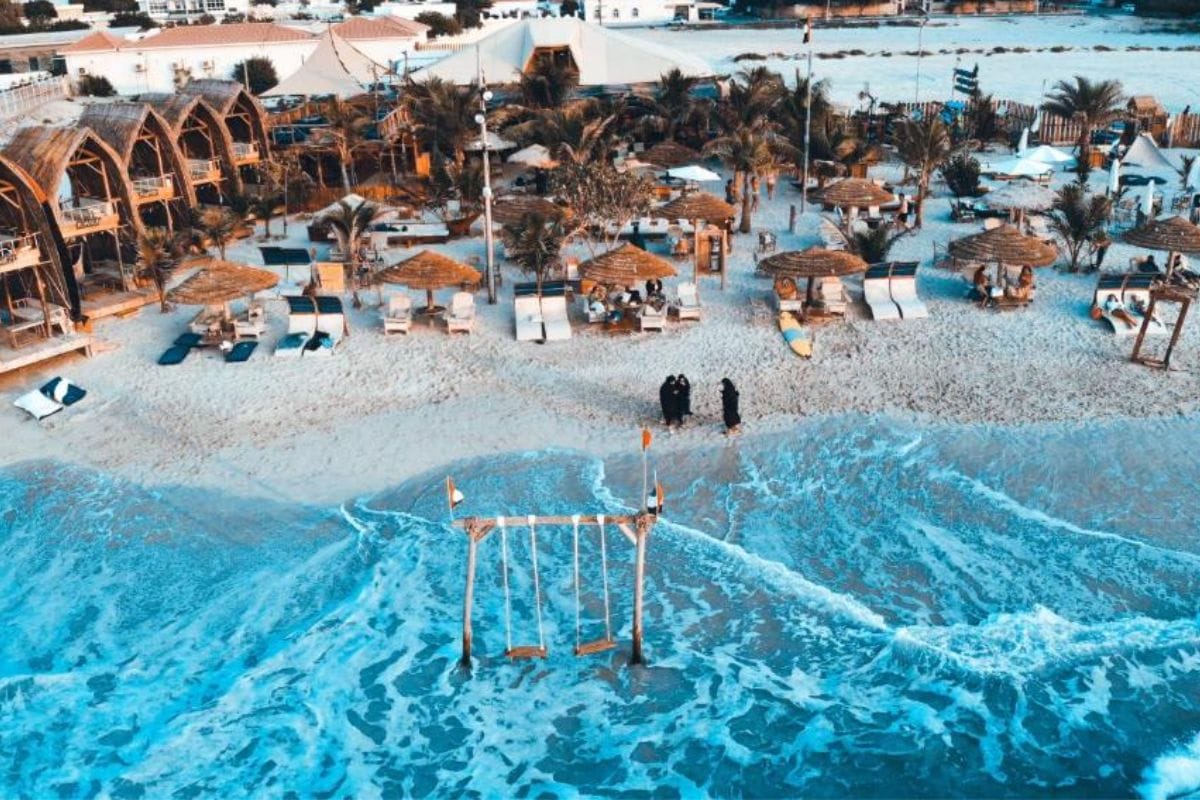
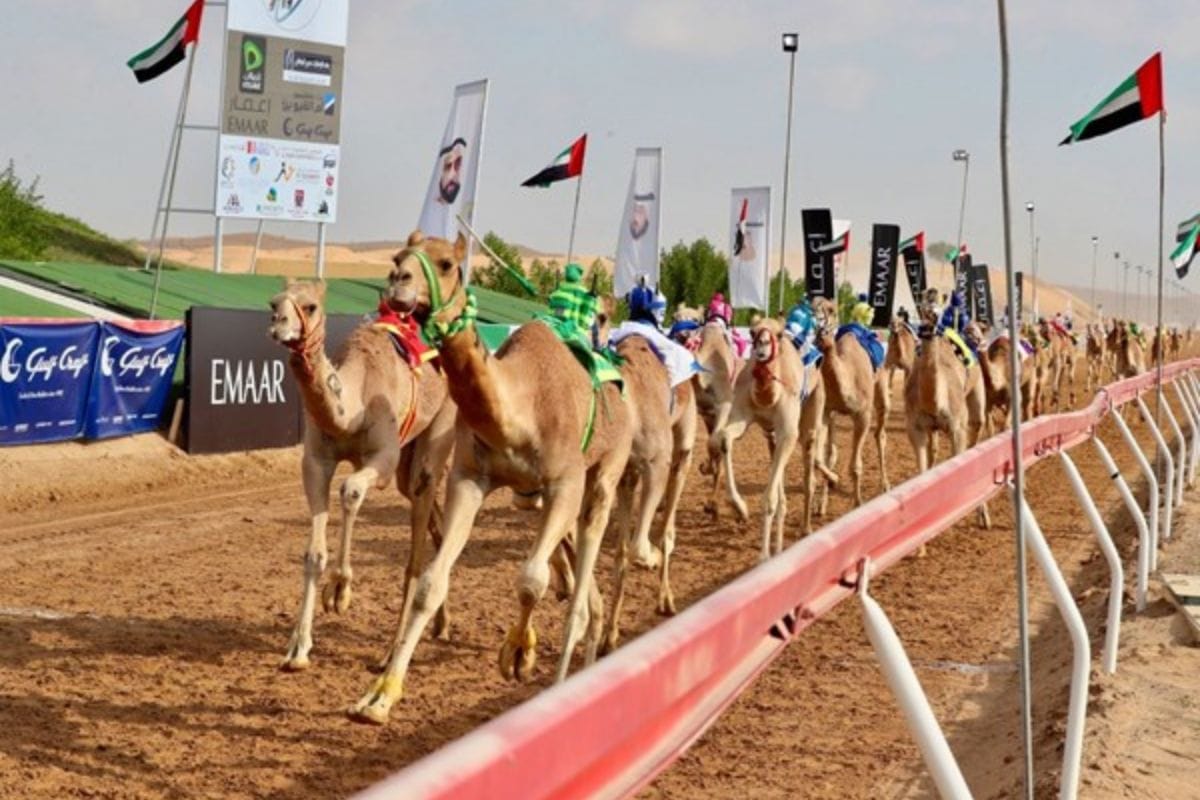
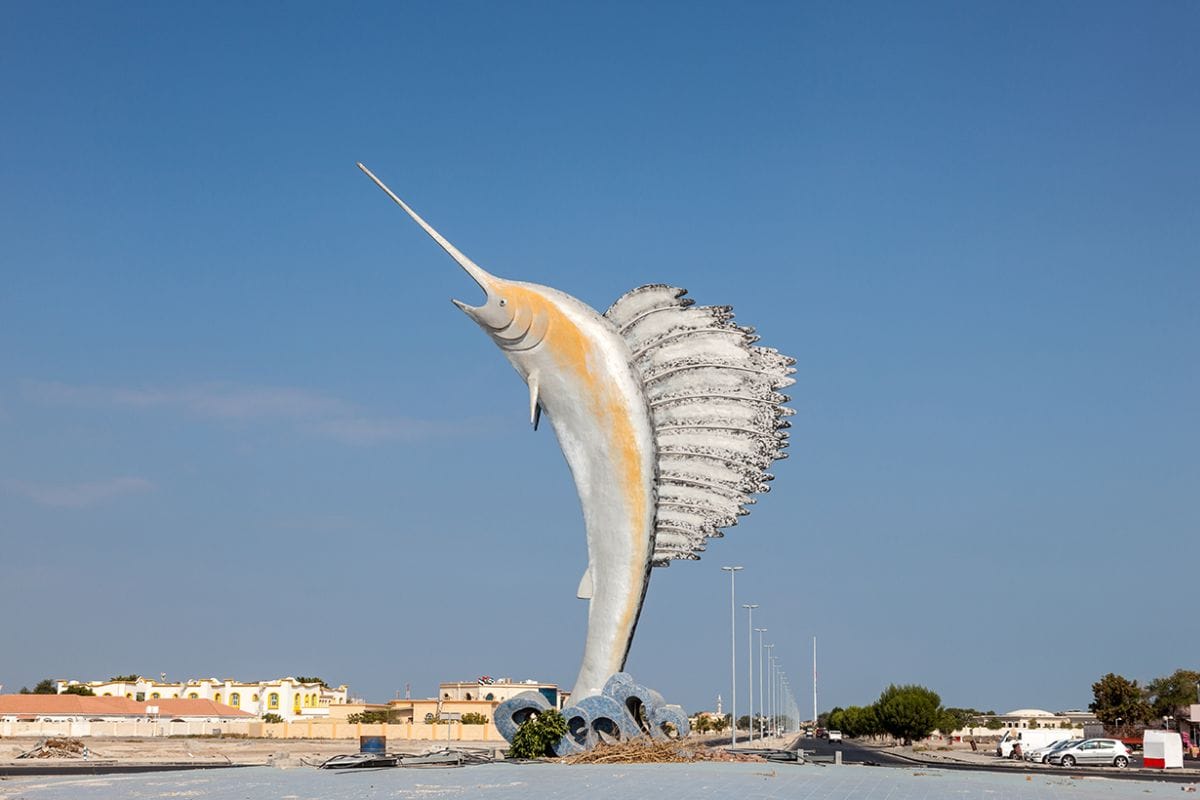
Umm Al Quwain is a hidden gem, offering a mix of natural beauty and historical sites. Here are some highlights:
- Mangrove Beach: Located in Khor Al Yeefrah, this eco-tourism project offers a serene beach experience among clusters of mangroves. It’s an ideal spot for beachgoers to enjoy nature with their toes in the sand.
- National Museum and Fort: This museum, housed in a fort dating back to 1786, showcases artifacts that highlight the emirate’s rich history. It’s a must-visit for those interested in the local heritage.
- Falaj Al Mualla Fort: One of the most important historical sites in Umm Al Quwain, this fort has been restored and now serves as a museum, offering insights into the region's past.
- Ed-Dur Site: This significant archaeological site includes a temple from the first century and other artifacts depicting human settlements from the Stone, Bronze, and Iron Ages. It provides a comprehensive look into the history of Umm Al Quwain.
- Umm Al Quwain National Museum: Housed in the former residence of the emirate’s ruling family, this museum displays artifacts unearthed at the Ed-Dur site and exhibits from historical wars fought in the region.
- UAQ Marine Club: Offering activities such as kayaking, canoeing, stand-up paddleboarding, and windsurfing, this club is perfect for water sports enthusiasts.
- Camel Racing in Al Labsa: Experience the excitement of this ancient local sport at Al Labsa racecourse, where camels are guided by robotic jockeys and owners follow in 4x4s.
- Kite Beach: A Bali-inspired, boho-chic beach club that provides a blissful retreat with its laid-back atmosphere and beautiful setting.
Umm Al Quwain, despite being the least known and smallest by population among the emirates, offers a unique charm with its blend of untouched natural beauty, rich history, and recreational activities.
Ras Al Khaimah: The Emirate of Exploration
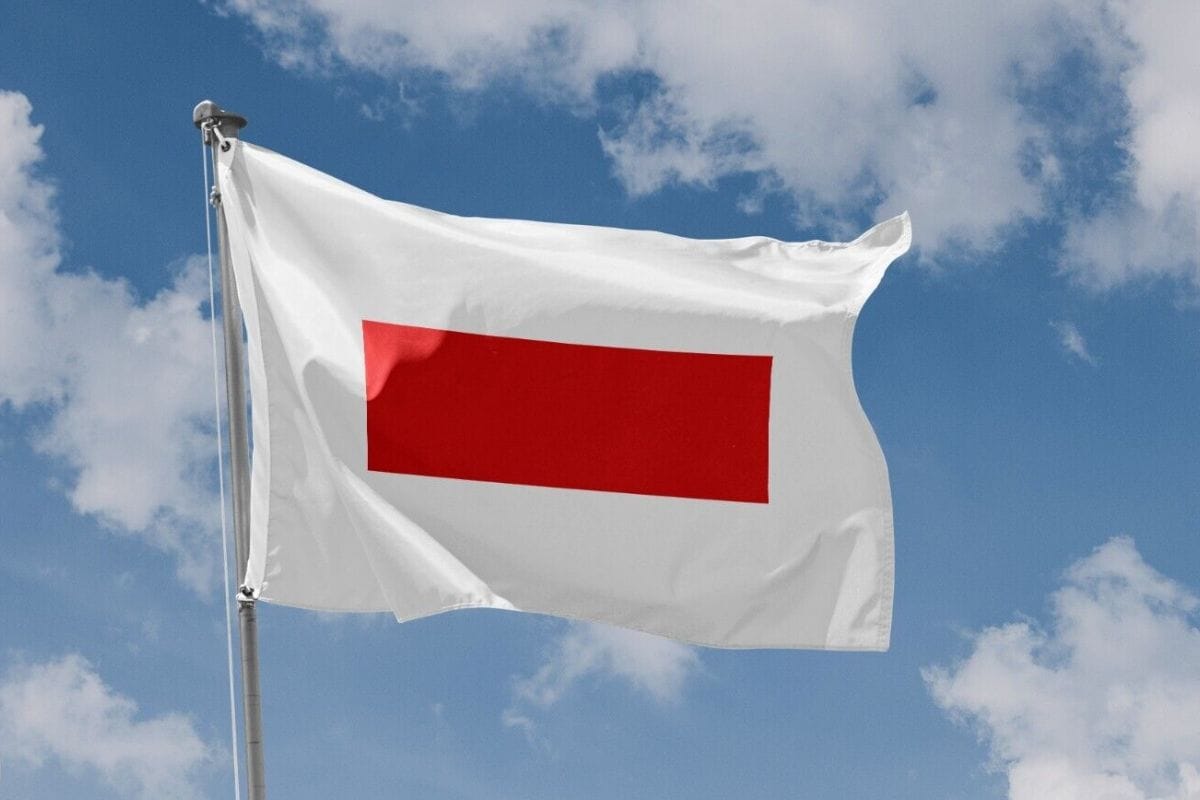
Ras Al Khaimah, the fourth largest emirate in the UAE, spans 1,684 square kilometers, accounting for 3.16% of the UAE's total area. With a rich history dating back some 7,000 years, Ras Al Khaimah, formerly known as Julfar, was a prominent trading post in the Arabian Gulf, renowned for its exquisite pearls. The discovery of rare Chinese pottery in 2019 highlights the extensive trade that occurred in this area.
The emirate is home to approximately 1,000 archaeological sites, many of which are on the UNESCO Tentative List for World Heritage. Ras Al Khaimah features varied topography, including the Hajar mountains, rolling sand dunes, and 64 kilometers of beaches. The ruling family descends from the Al Qawasim tribe, a significant maritime power in the Arabian Gulf. H. H. Sheikh Saud bin Saqr Al Qasimi has ruled the emirate since October 27, 2010.
Attractions in Ras Al Khaimah
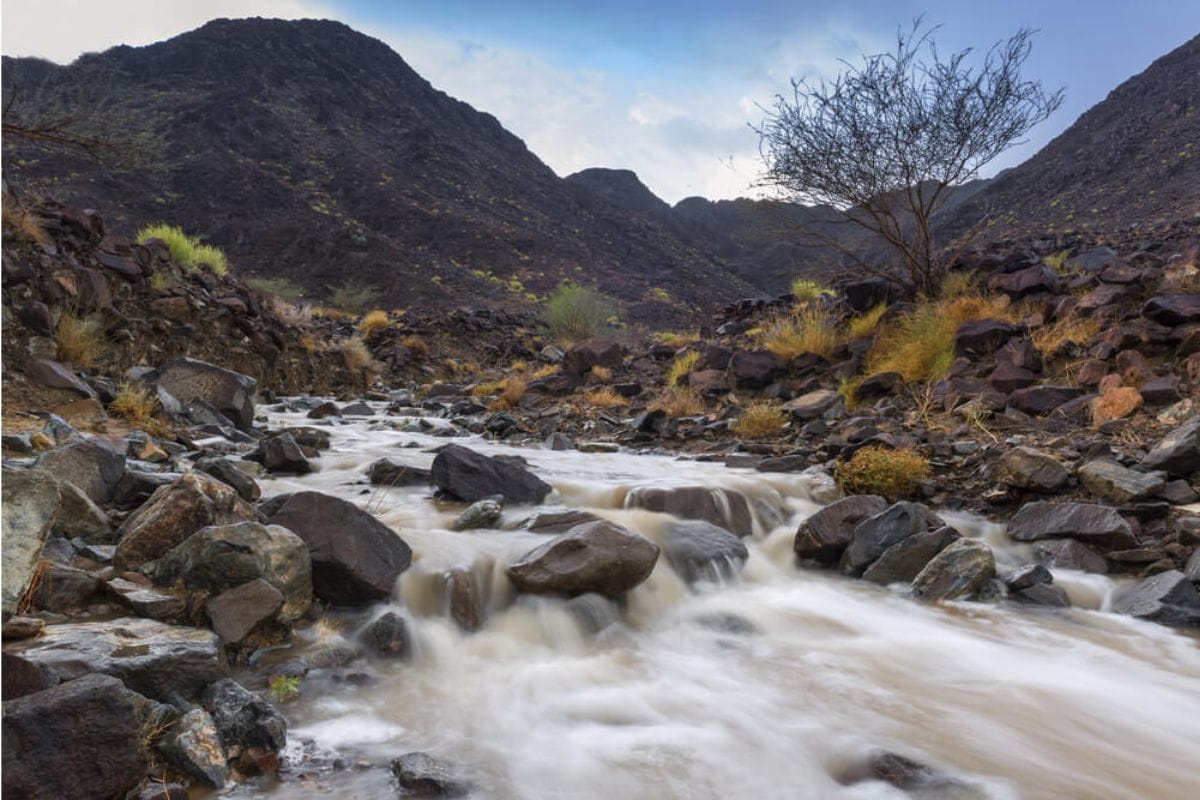


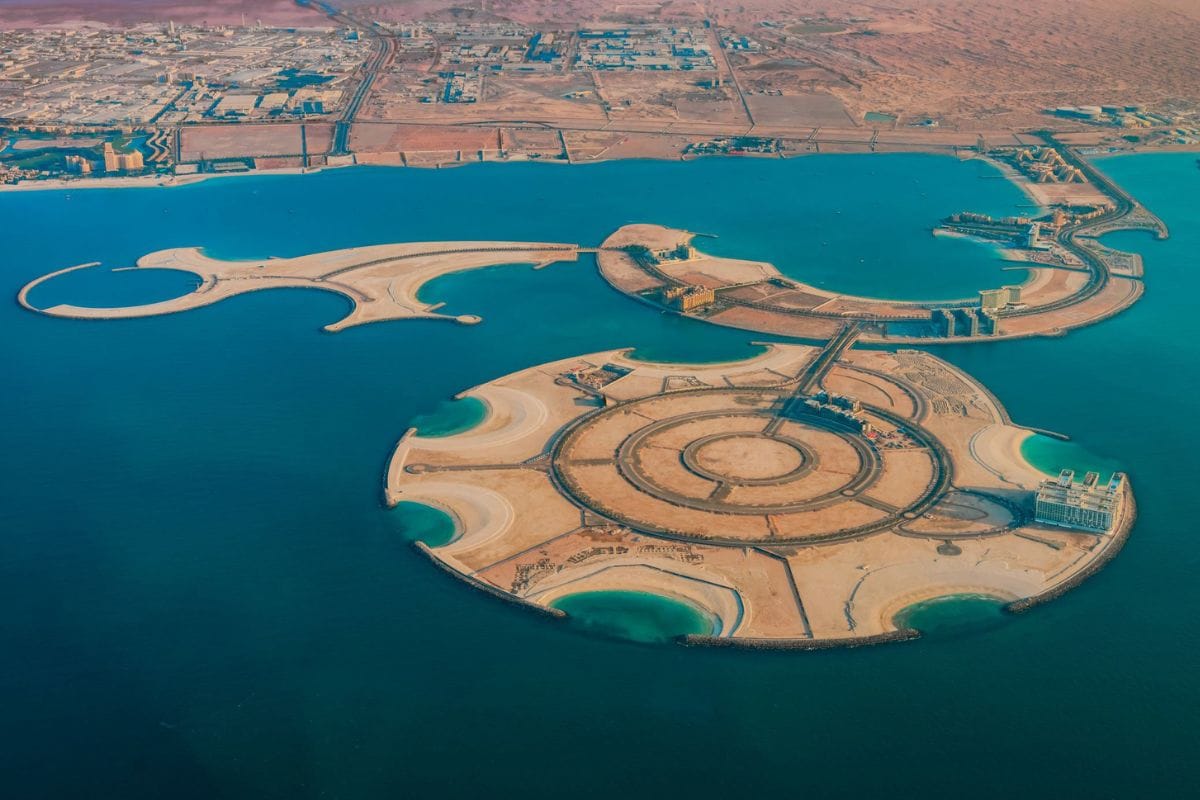
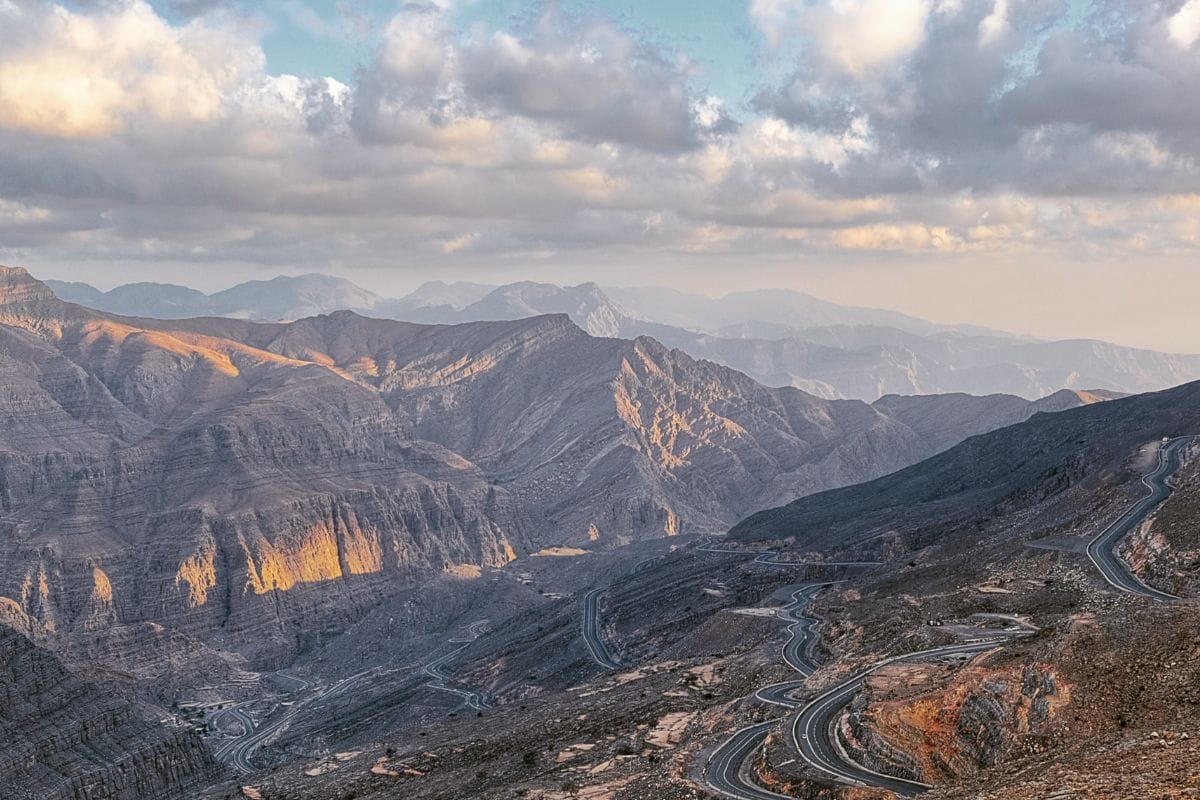
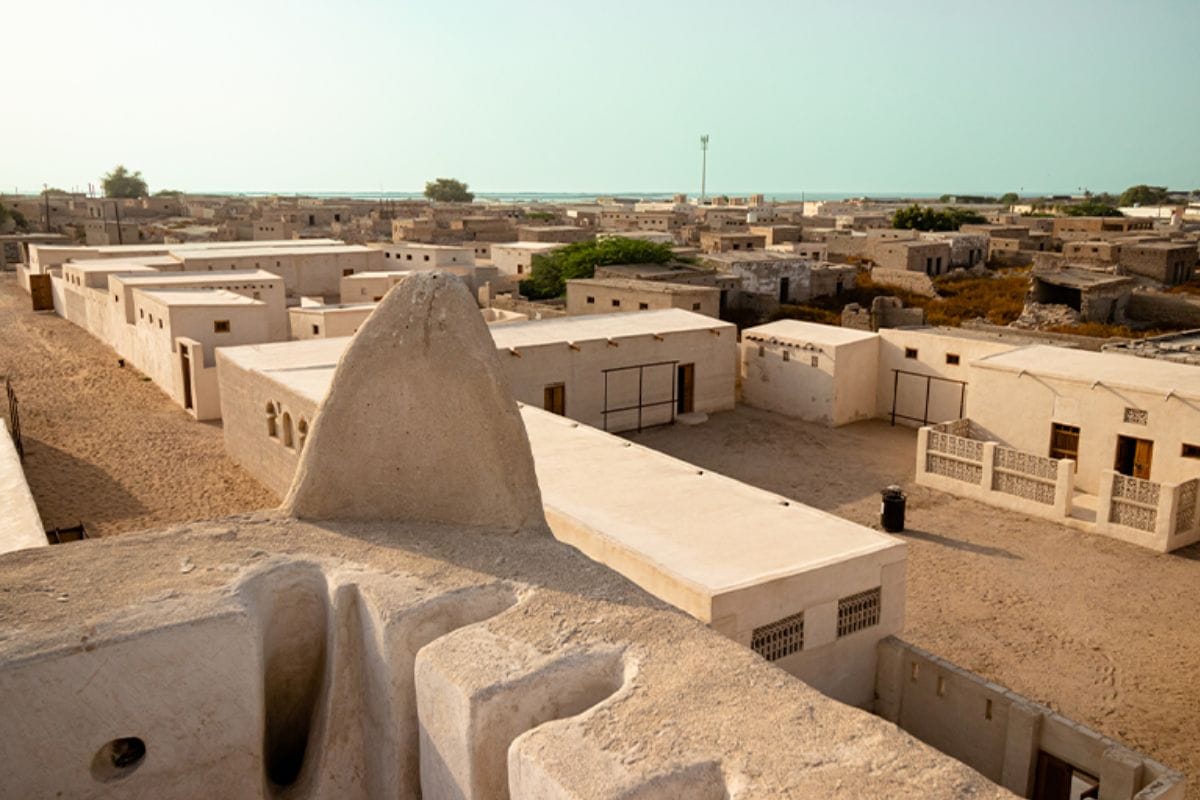
Ras Al Khaimah is a burgeoning tourism hub with diverse landscapes and numerous attractions. Here are some highlights:
- Jebel Jais: Standing 1,934 meters high, Jebel Jais is the UAE's tallest mountain. It offers adventure attractions like the world’s longest zipline, certified by Guinness World Records, which reaches speeds of 120 km/h. The mountain also features the Jais Sky Tour, with zip lines ranging from 337 meters to over a kilometer, and Via Ferrata, a climbing and hiking route.
- Jazirat Al Hamra: This abandoned village, unchanged since its inhabitants left in 1968, offers a glimpse into the past. It was a former pearling community, populated from the 16th century, and is now a permanent shrine to a bygone era.
- Dhayah Fort: The only hilltop fort still in existence in the UAE, this 18th-century fort offers stirring views across neighboring Oman. Climbing its 234 steps is a journey through history and provides a panoramic view of the surrounding area.
- Al Jazirah Al Hamra: Known as one of the best-preserved traditional fishing villages in the Arabian Gulf, it offers a look into the traditional lifestyle and architecture of the region.
- Al Hamra Mall: Spanning 45,000 square meters, this mall is a shopping and entertainment hub featuring over 120 retail stores. It is popular among both locals and tourists.
- Hajar Mountains: These mountains provide a stunning natural backdrop to the emirate and are ideal for outdoor activities like hiking and exploring.
- Al Marjan Island: This group of four coral-shaped, man-made islands offers hospitality, residential, and lifestyle attractions, making it a prime destination for relaxation and luxury.
- Sulfur Springs: Located near the mountain areas, these springs are known for their therapeutic properties and are a popular spot for wellness enthusiasts.
Ras Al Khaimah, with its rich history, diverse landscapes, and thrilling adventure activities, is a must-visit destination in the UAE. Its strategic location, historical significance, and natural beauty make it an ideal getaway for tourists and locals alike.
Fujairah: The Gateway to Pristine Landscapes

Fujairah, the only emirate located entirely on the eastern coast of the UAE along the Gulf of Oman, spans an area of 1,450 square kilometers. Its shores extend for about 70 kilometers from the city of Fujairah in the south to the town of Dibba in the north. Bordered by Sharjah and Ras Al Khaimah to the west and Sharjah to the south, Fujairah shares its northern international border with the Sultanate of Oman.
Characterized by its rugged mountains, valleys, waterfalls, oases, and wide sandy beaches, Fujairah offers a more moderate climate than Abu Dhabi and Dubai due to its easterly location. This makes it a popular weekend getaway for those seeking a peaceful atmosphere and an escape from the heat. The current ruler of Fujairah is H. H. Sheikh Hamad bin Mohammed Al Sharqi.
Attractions in Fujairah
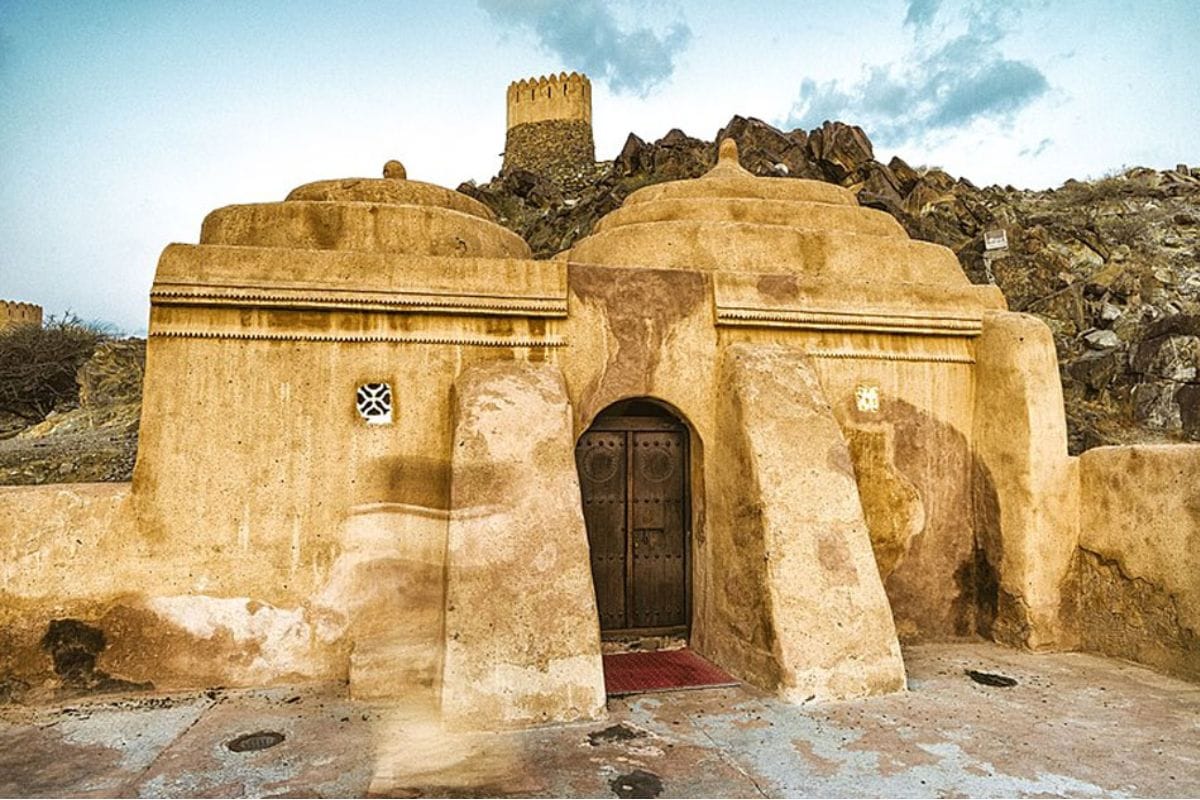
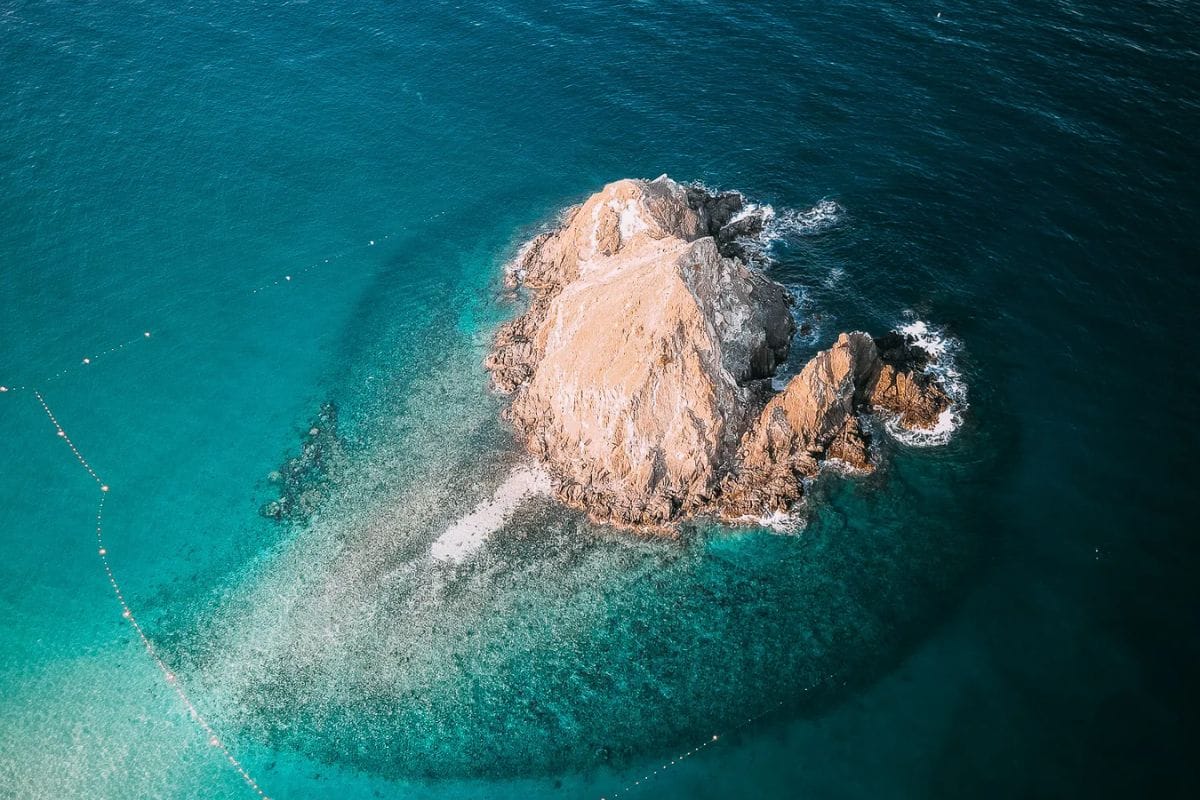

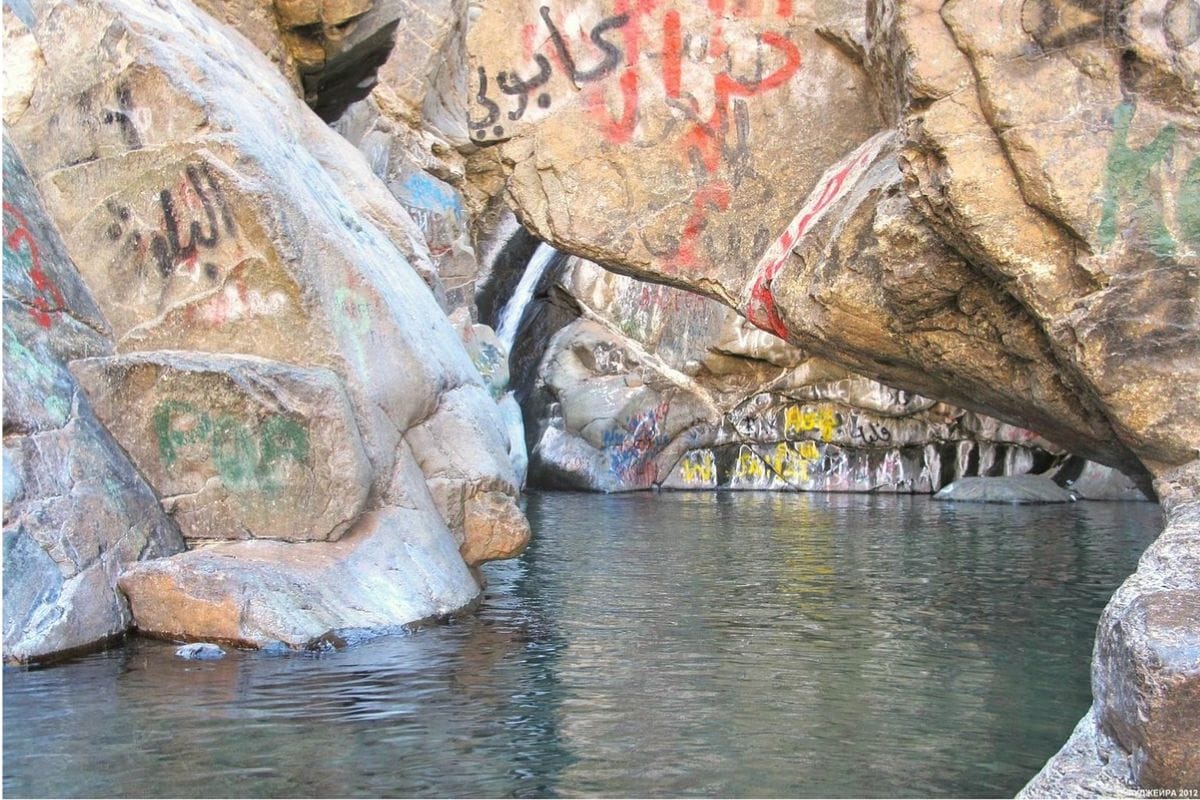
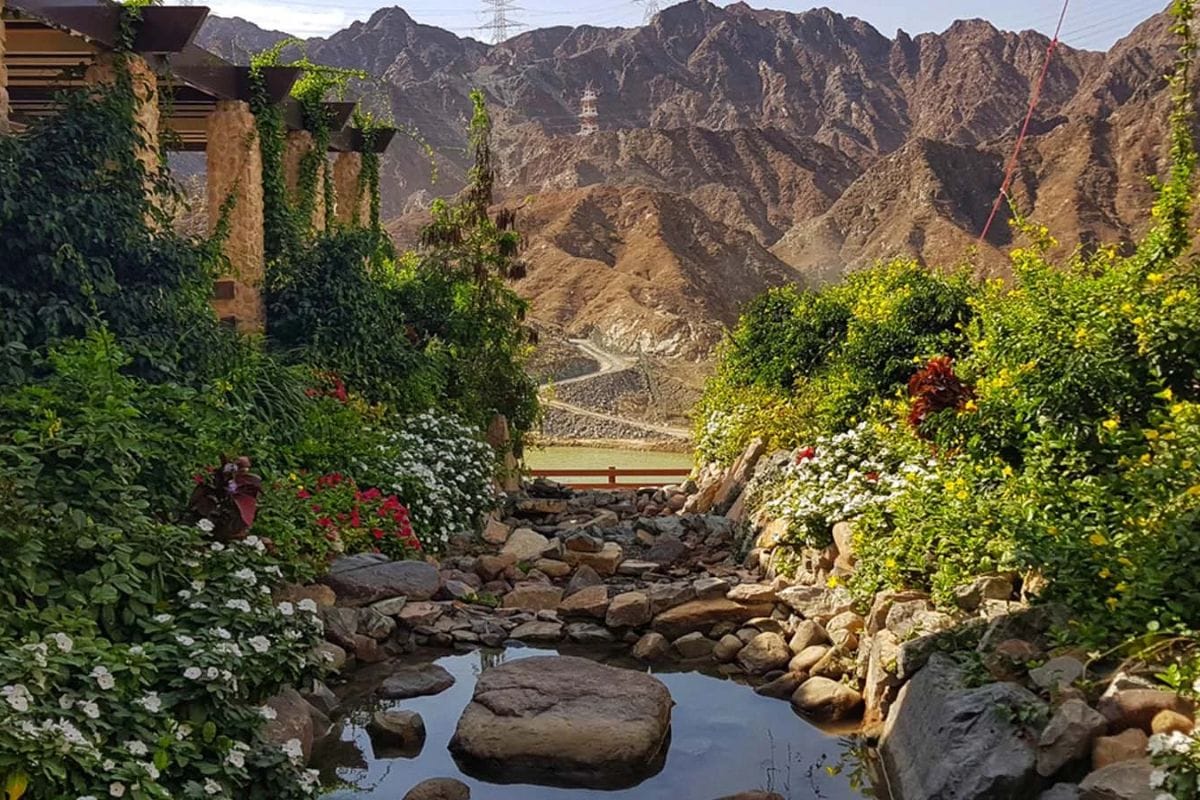
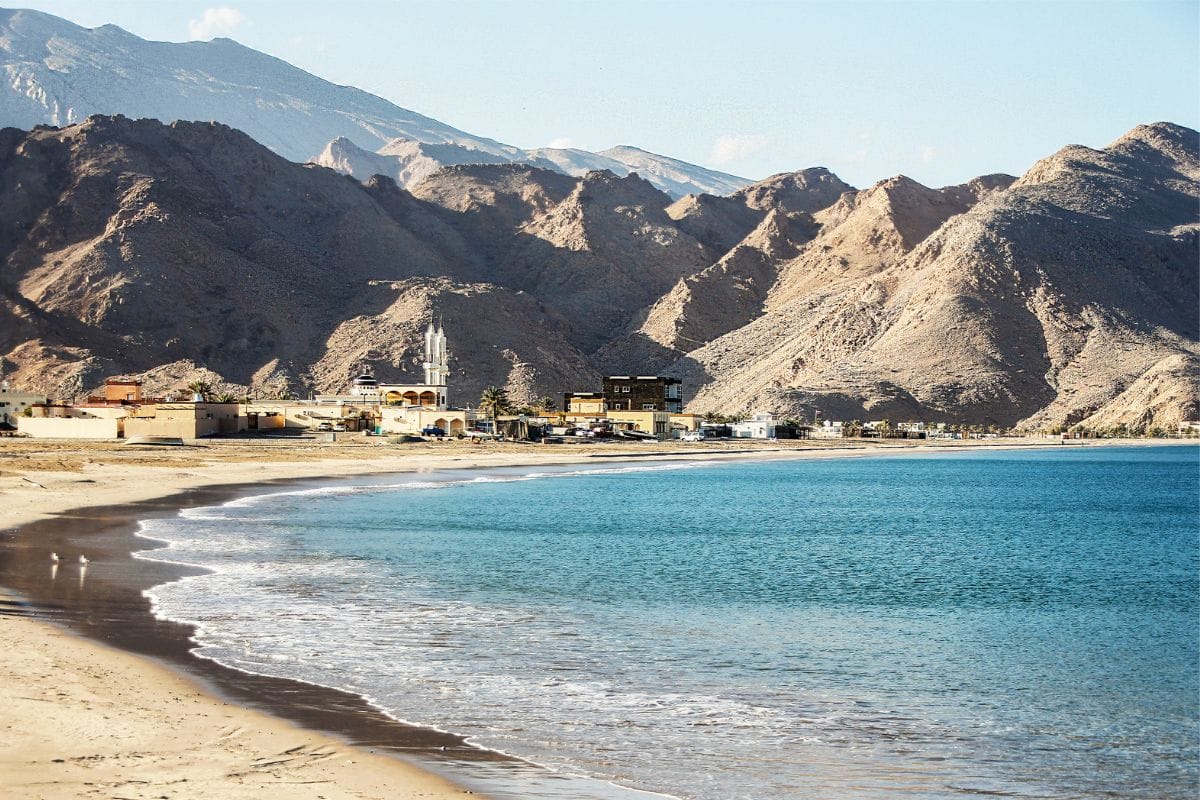
Fujairah is a treasure trove of natural beauty and historical sites. Here are some must-see places:
- Snoopy Island: A coveted tourist attraction known for thrilling water sports, music festivals, and activities. Located around 100 meters from the Sandy Beach Hotel at Al Aqah, it is a prime spot for diving and snorkeling. The island resembles the cartoon character Snoopy lying on its back, adding to its charm.
- Kalba Corniche Park: A perfect picnic spot ideal for families, featuring well-maintained grounds, a children’s play area, and free access to the beach. It’s a popular destination for both locals and tourists seeking a peaceful retreat amidst nature.
- Fujairah Fort: Dating back to the 16th century, this historic fort predates the formation of the UAE and offers a rare glimpse into the region’s colorful past. It is a must-visit for history enthusiasts.
- Fujairah Museum: Located near Fujairah Fort, this museum showcases artifacts that highlight the emirate’s rich heritage and history. It is a fascinating place to learn about the local culture and traditions.
- Al Hayl Castle: Another historical site worth visiting, Al Hayl Castle offers insight into the traditional architecture and history of Fujairah.
- Al Bidya Mosque: Believed to be the oldest mosque in the UAE, Al Bidya Mosque provides an authentic Emirati experience and a glimpse into the region’s religious heritage.
- Tim’s Reef: Known for its excellent surfing conditions, Tim’s Reef is the only reef break spot in the UAE. It faces the Indian Ocean and produces great waves, making it a favorite among surfers.
- Madhab Spring Sulphuric Park: Also known as Madhab Spring Park, this natural spot features public pools filled with water from the Ain Al Madhab Hot Springs. It is a popular family destination with activities like BBQ, badminton, and swimming.
- Wadi Wurayah National Park: The most popular wadi in Fujairah, between Bidiyah, Khorfakkan, and Masafi. This beautiful national park is home to several mammals, amphibians, and reptiles and is the only terrestrial protected area in Fujairah.
Fujairah, with its rugged mountains, serene beaches, and rich historical sites, stands out as a unique and picturesque emirate. Its moderate climate, adventurous activities, and peaceful environment make it an ideal destination for both relaxation and exploration.
The seven emirates of the UAE each offer a unique blend of tradition and modernity. Exploring these diverse regions reveals the rich history, cultural heritage, and natural beauty that make the UAE a truly remarkable destination.
Also Read:
